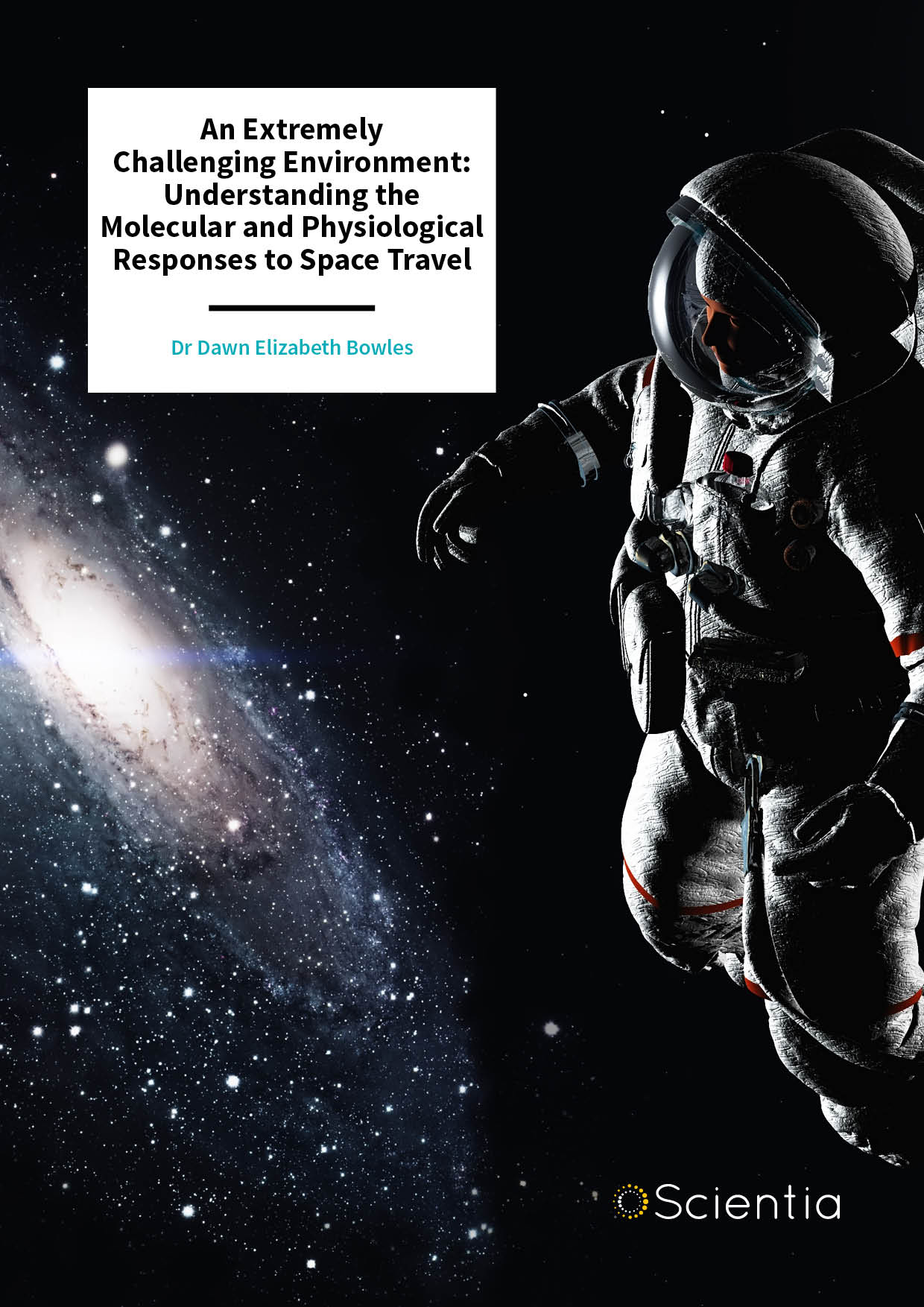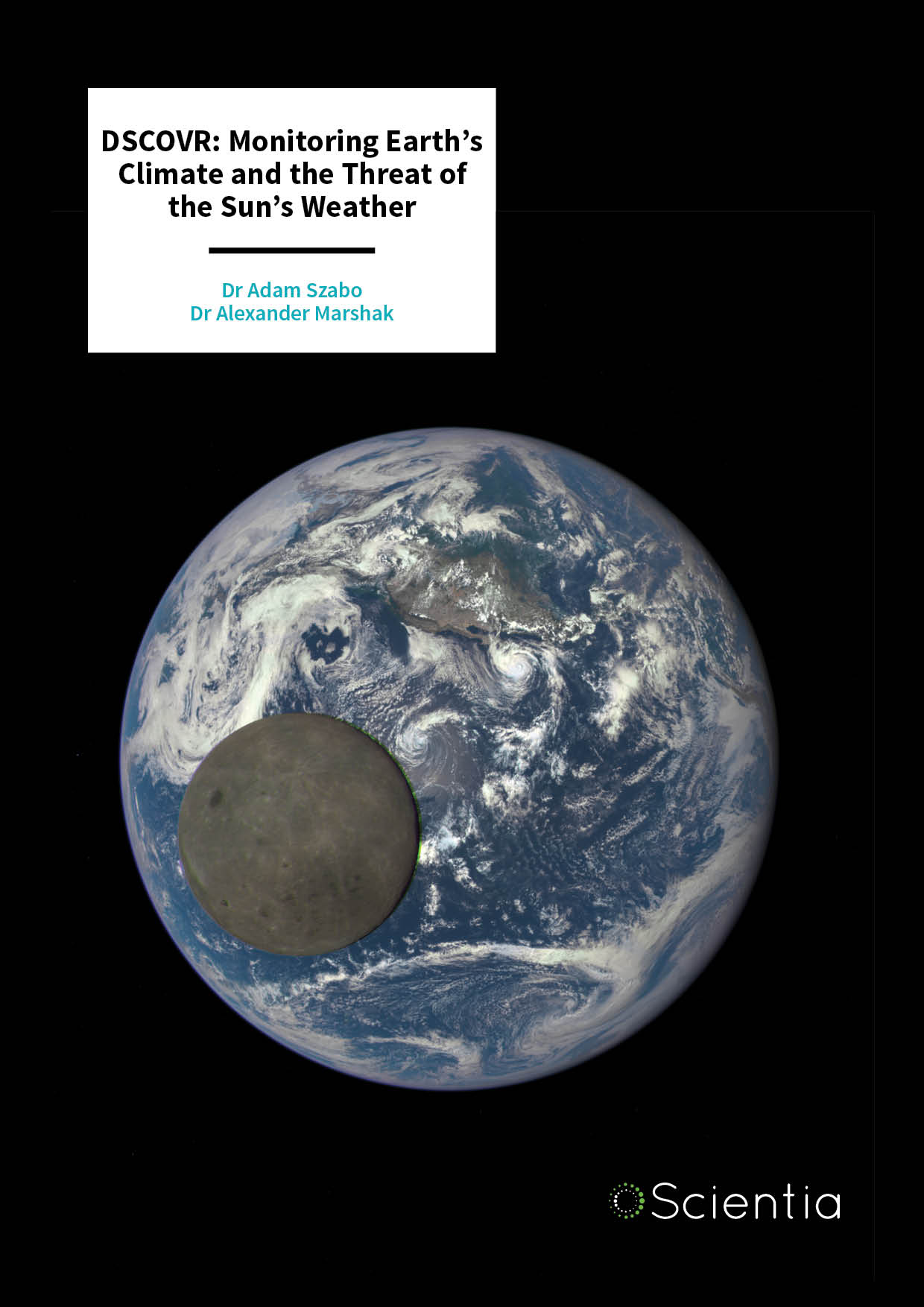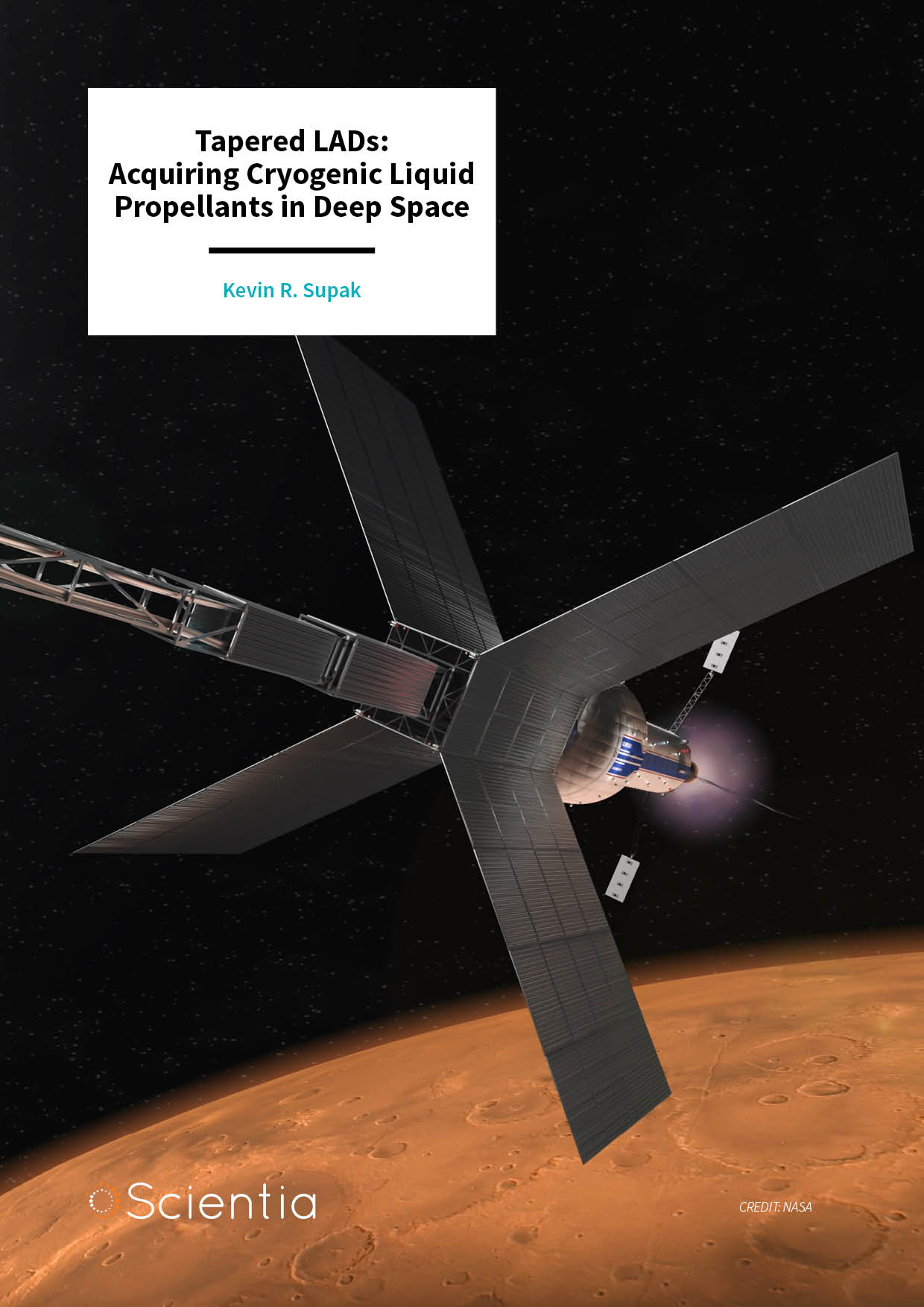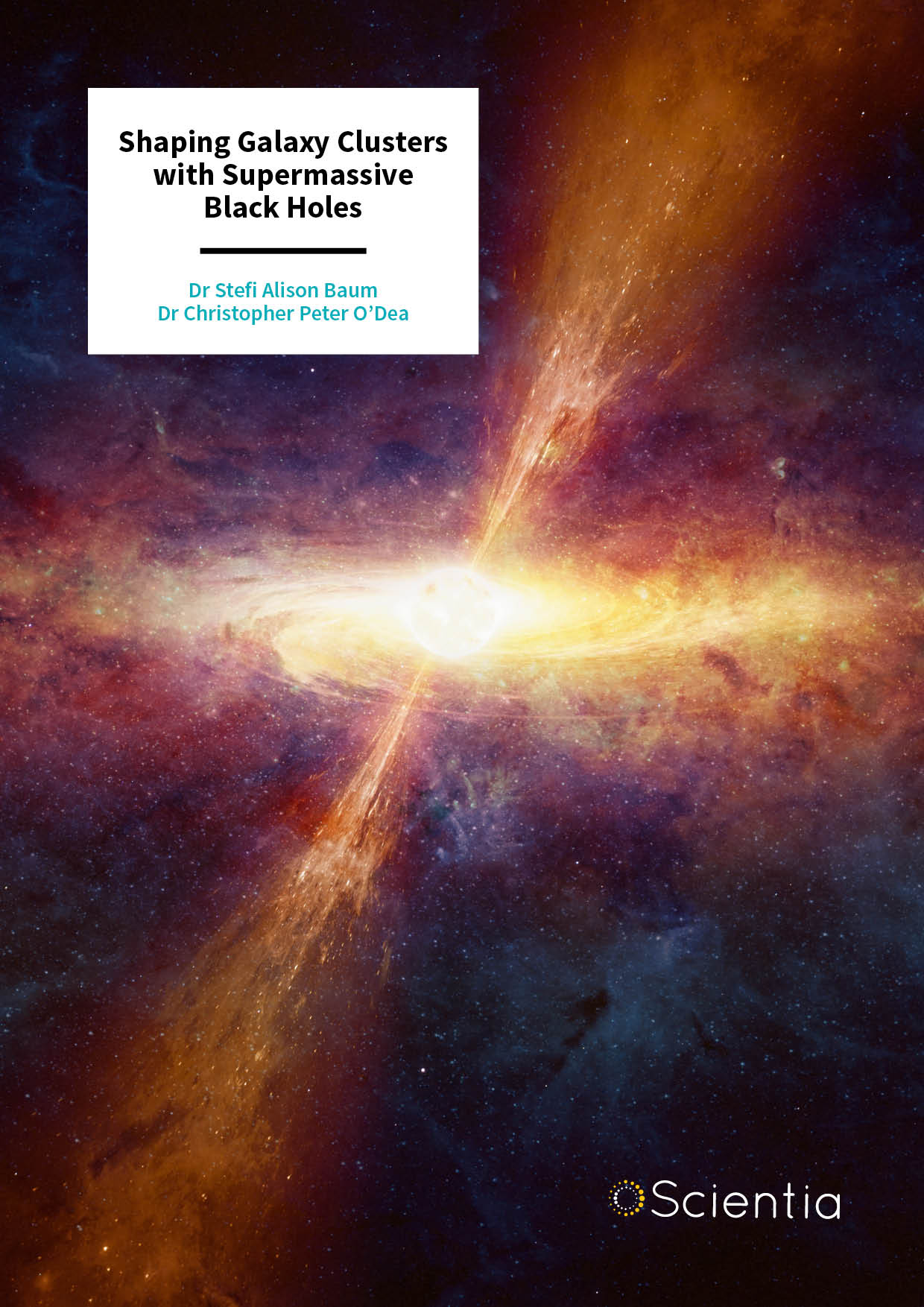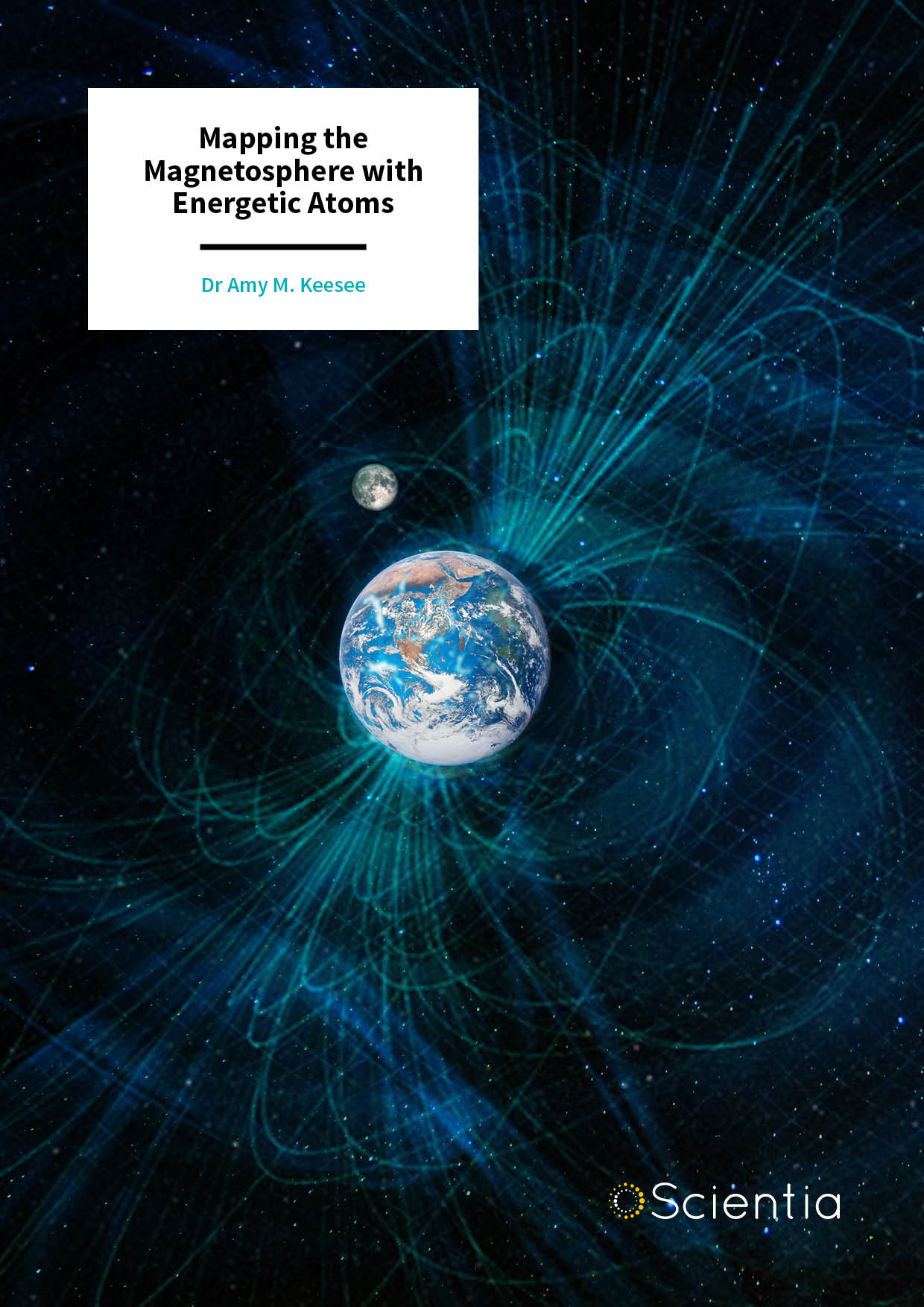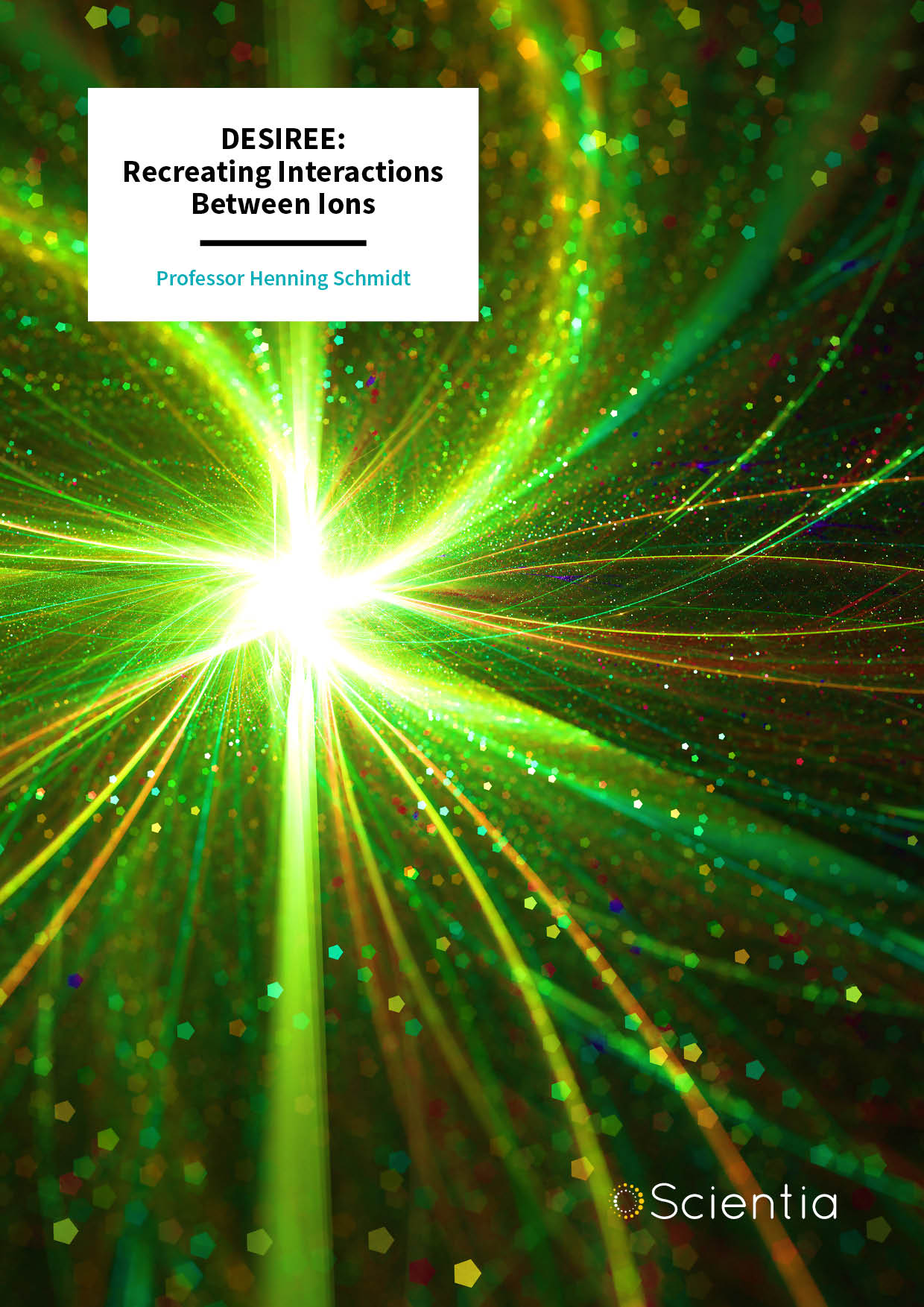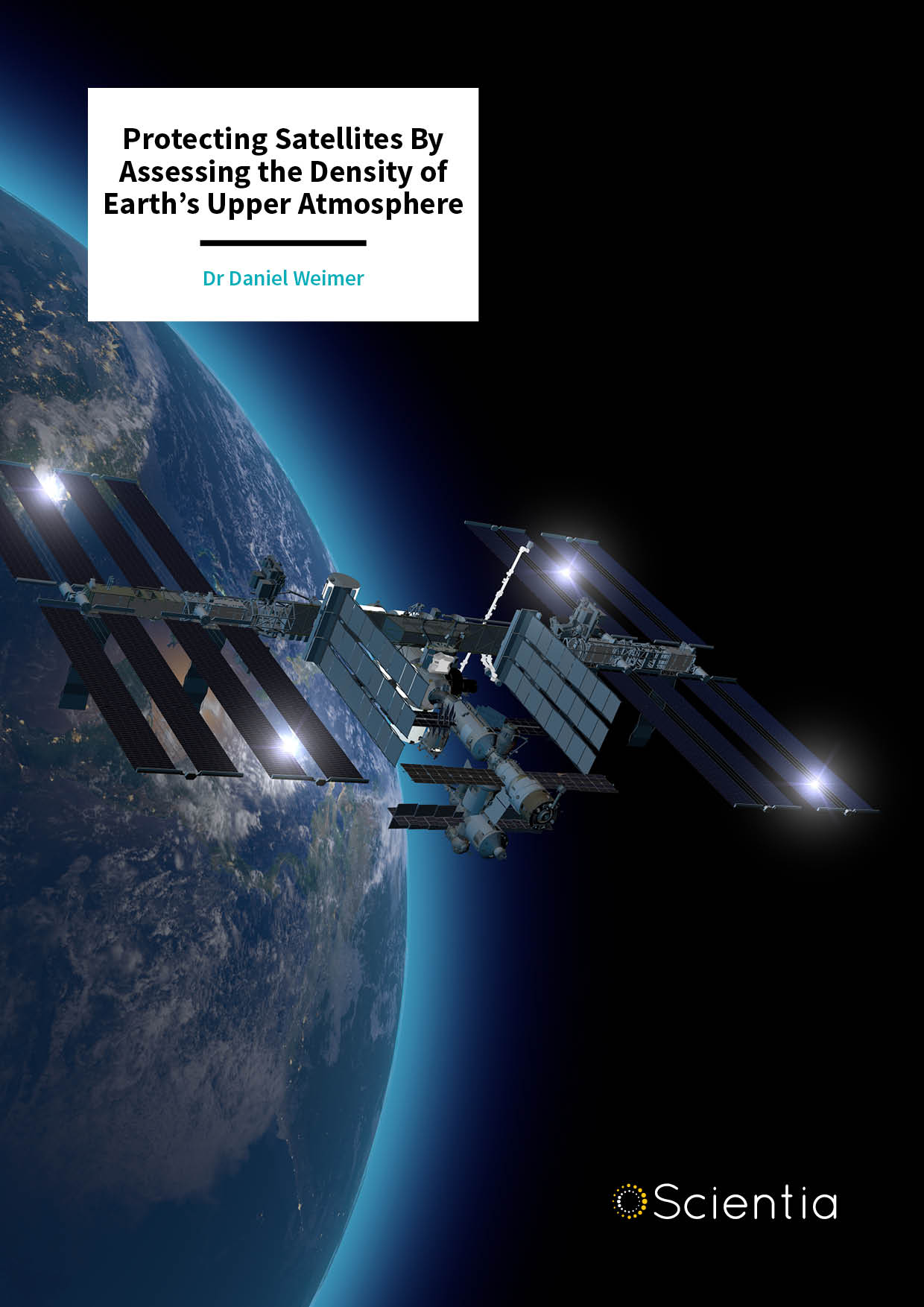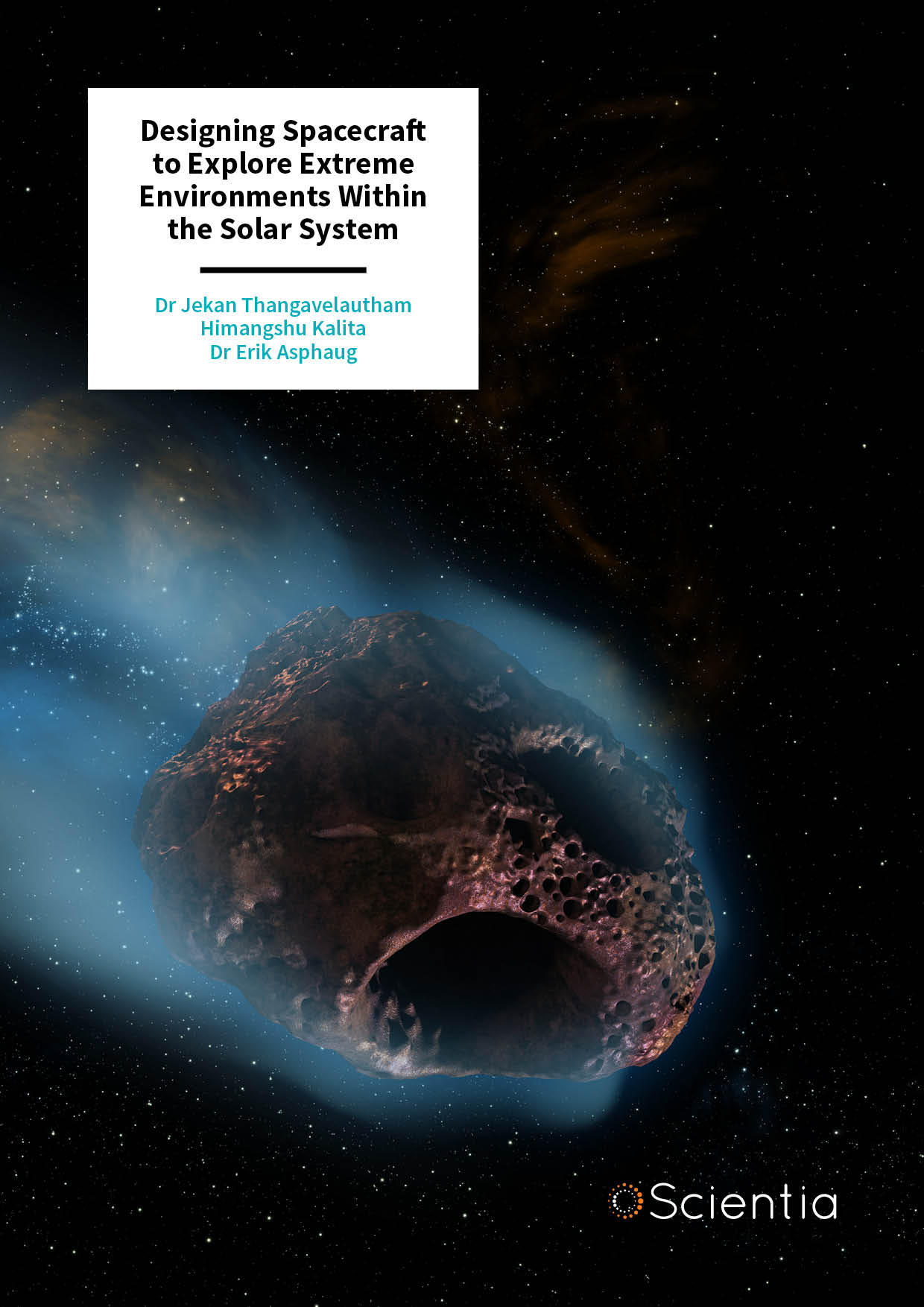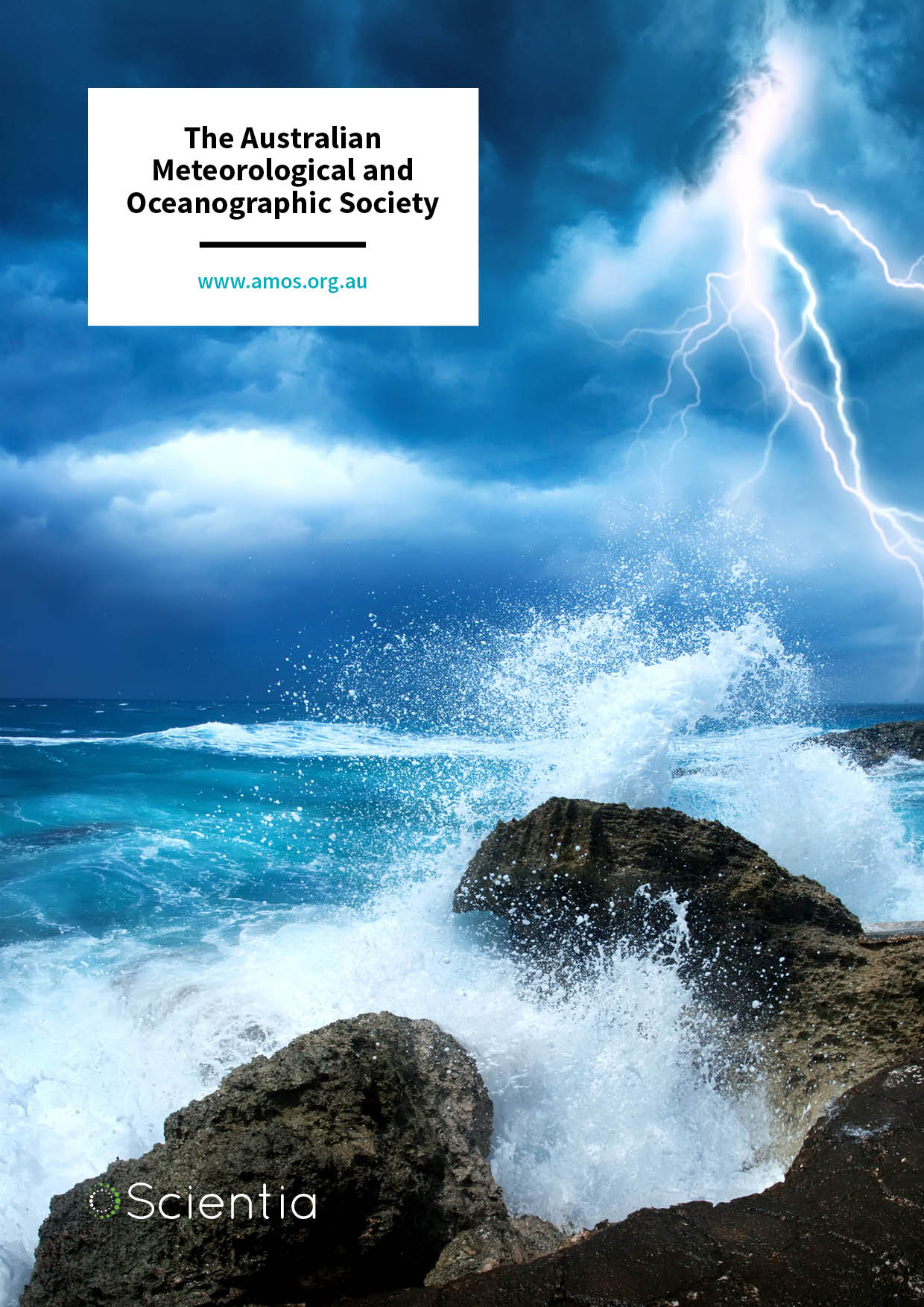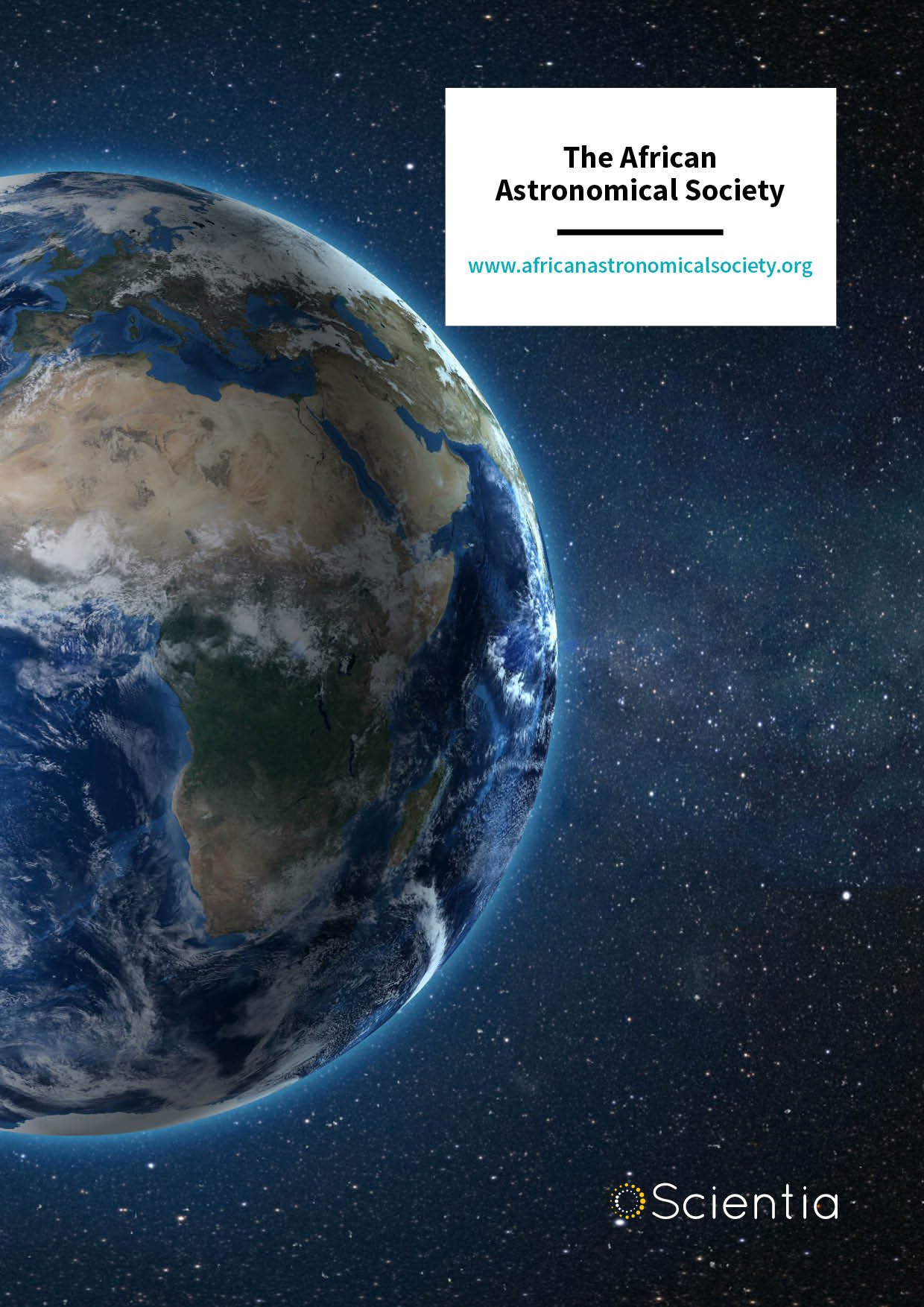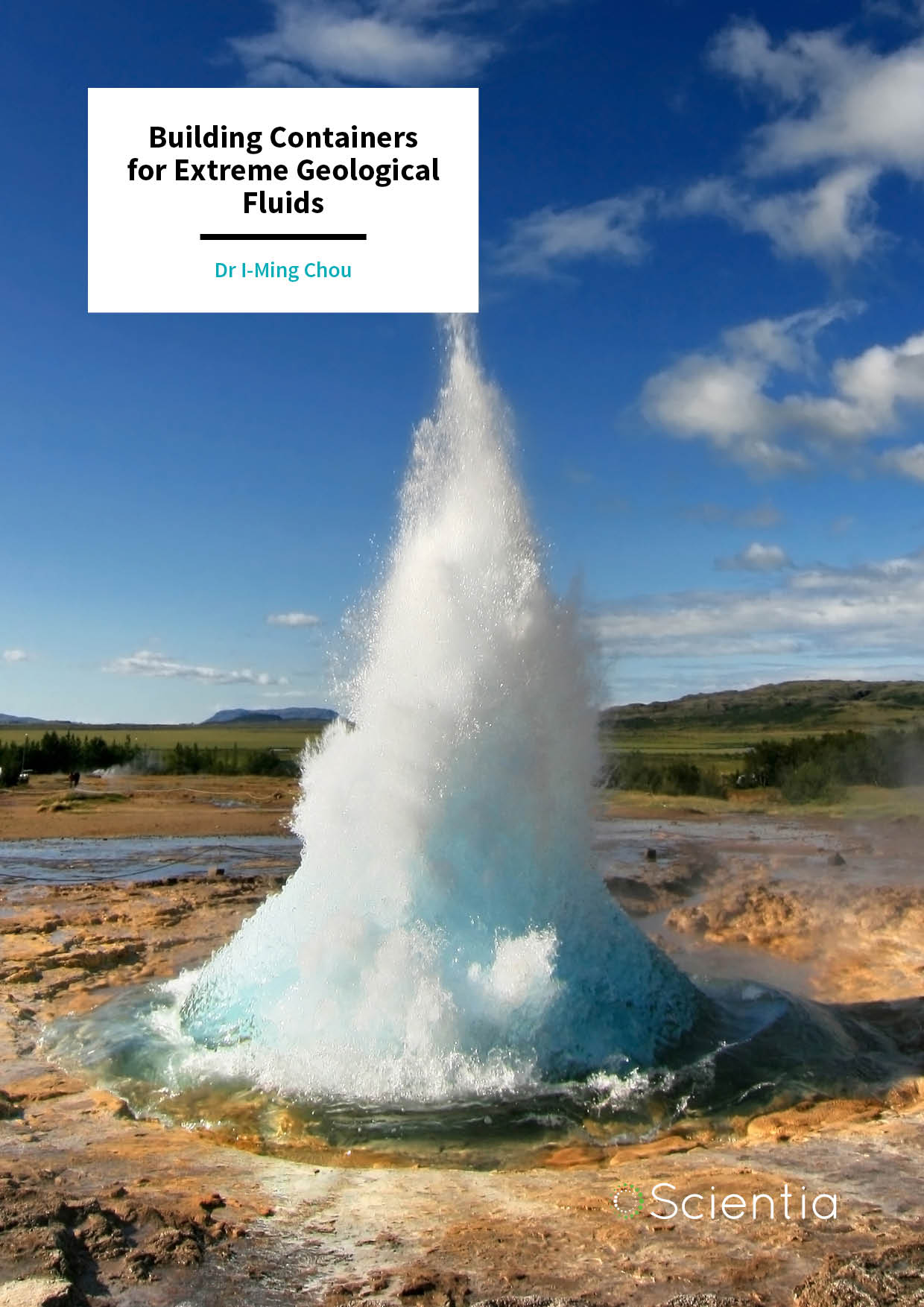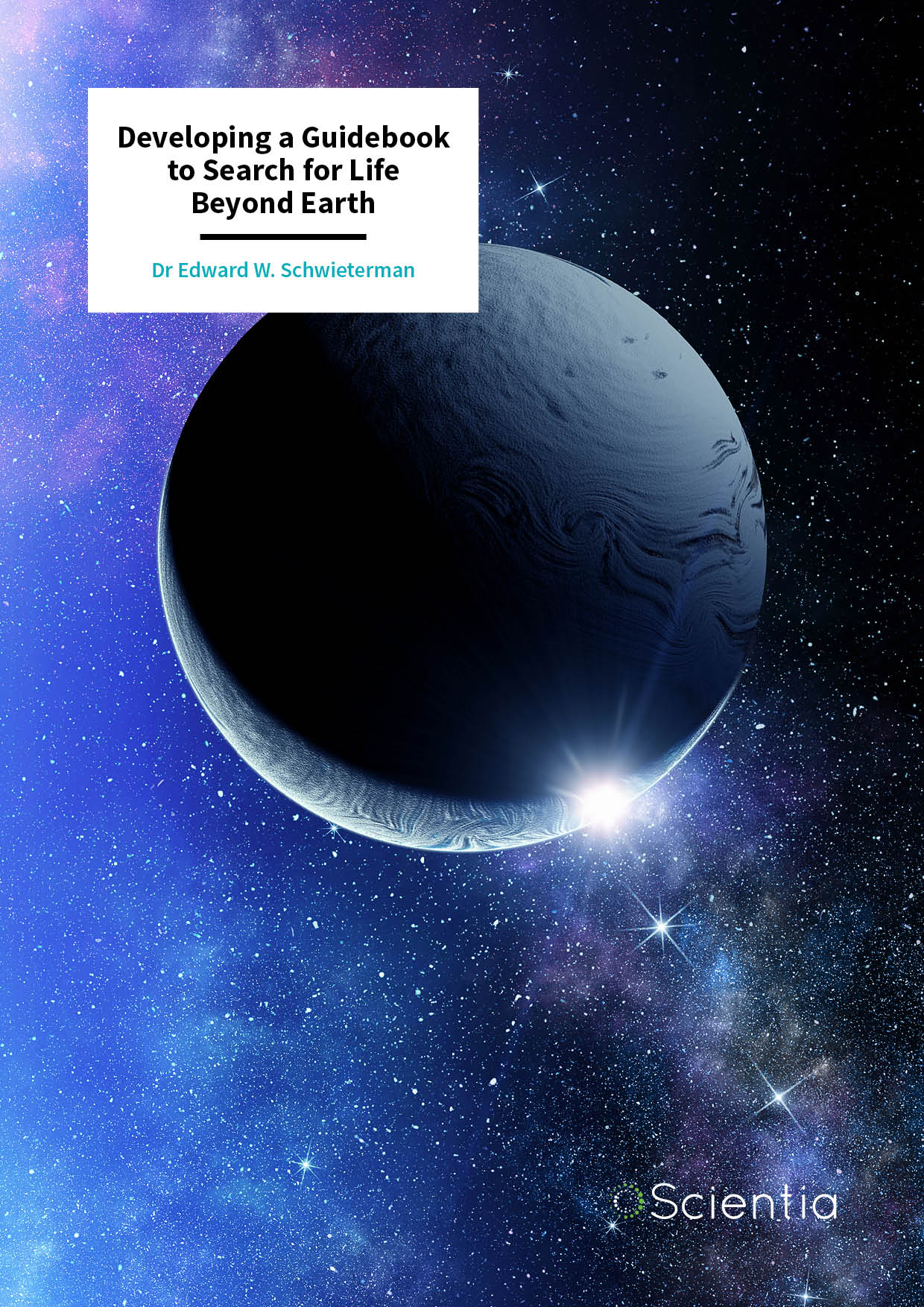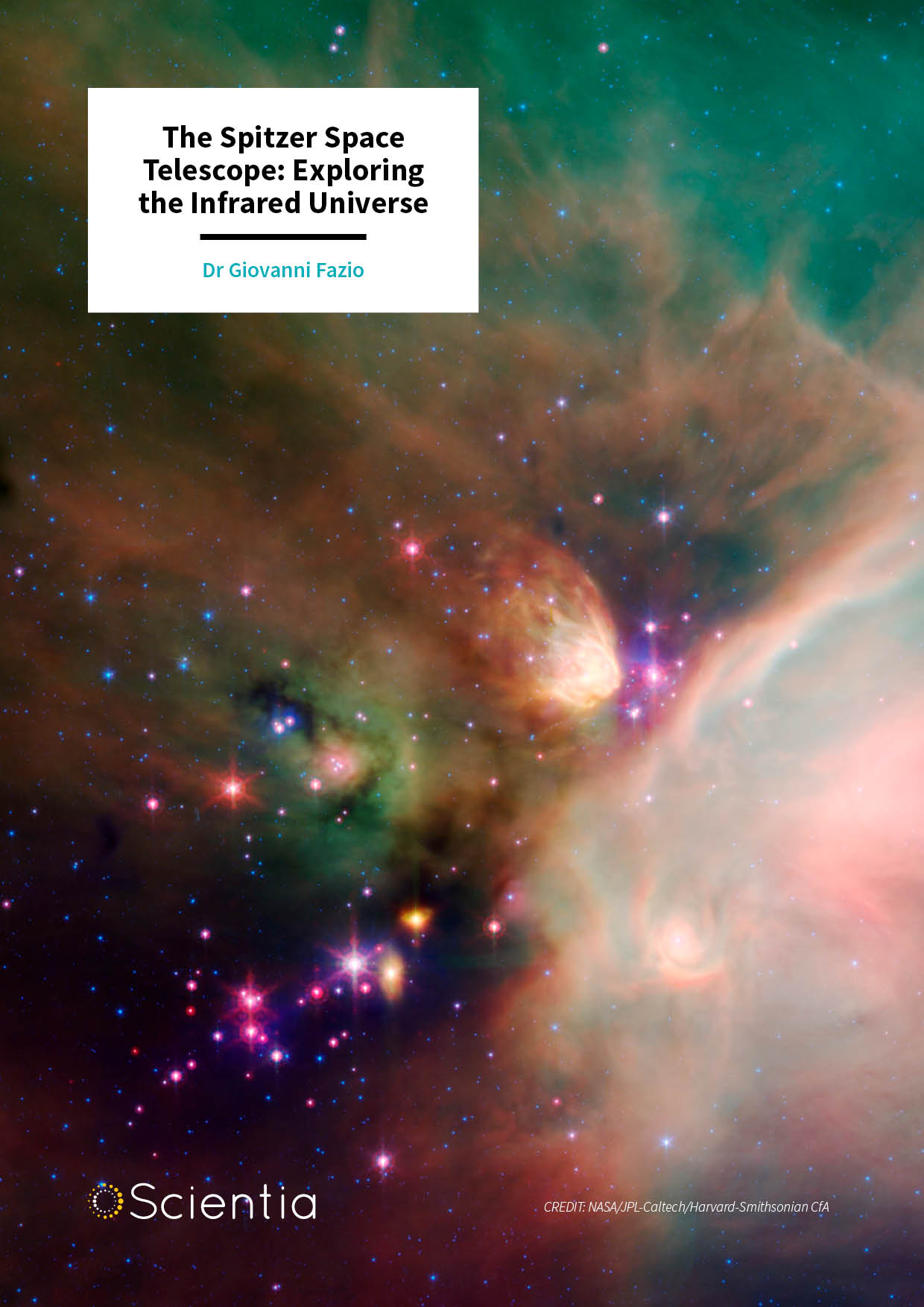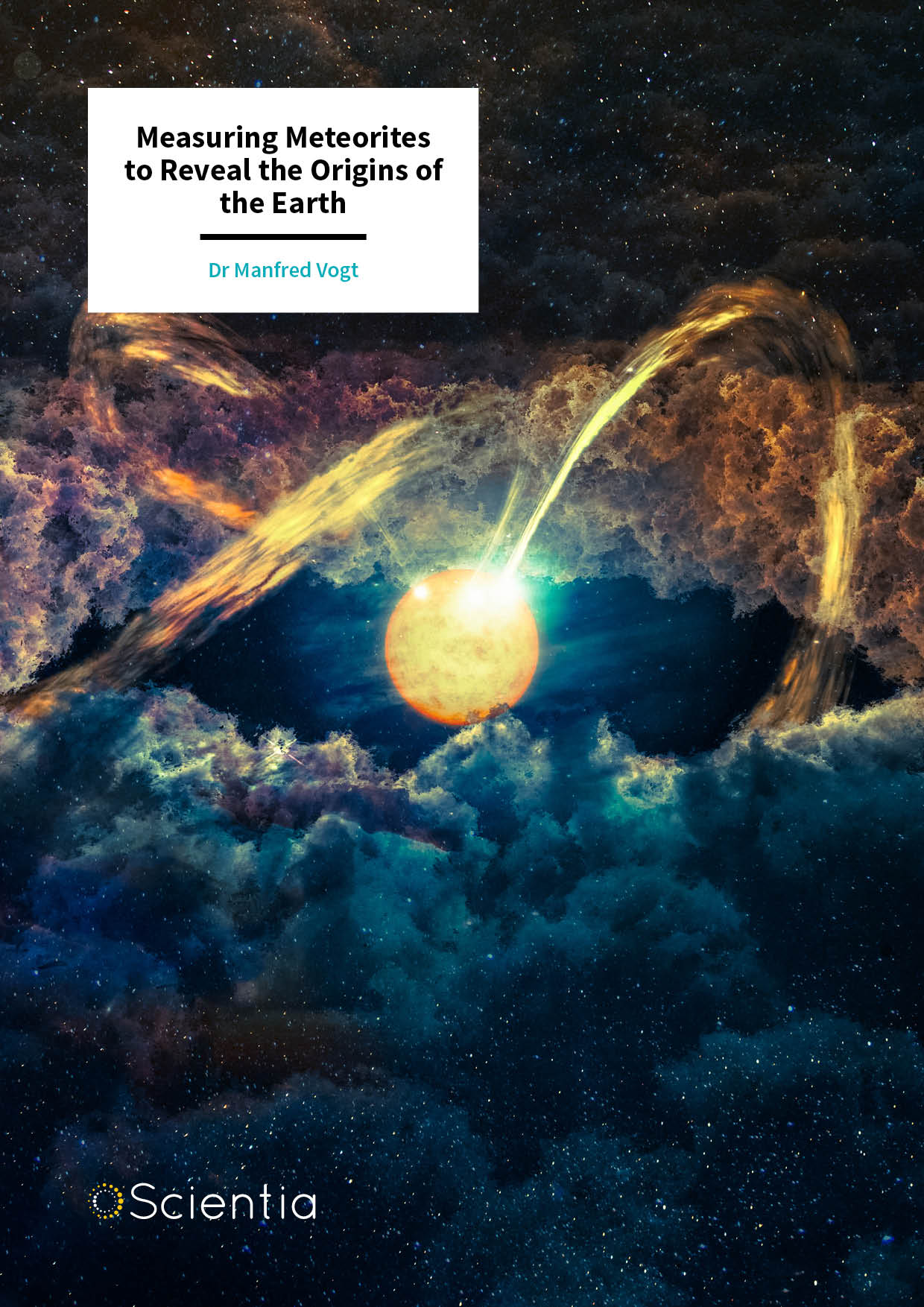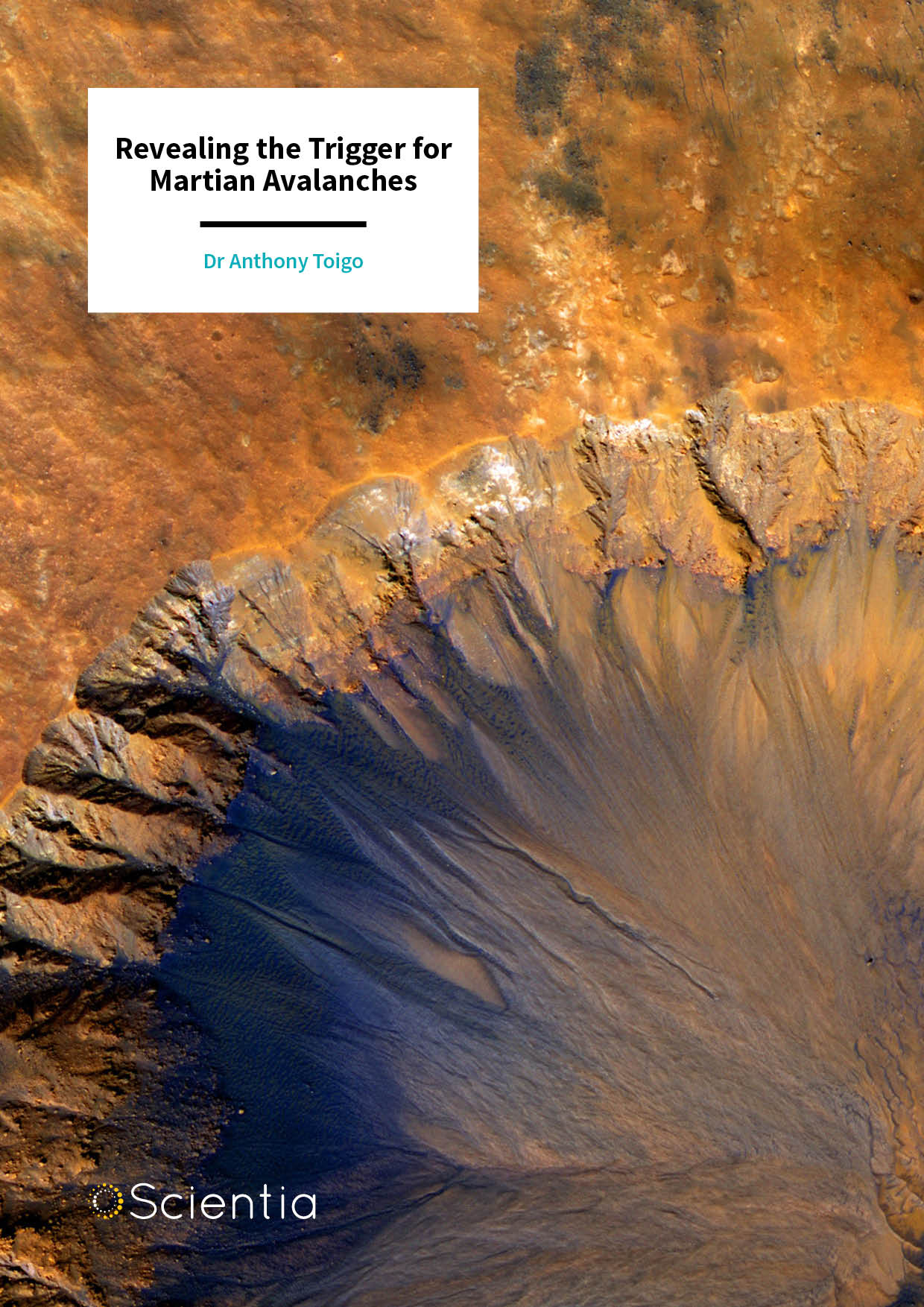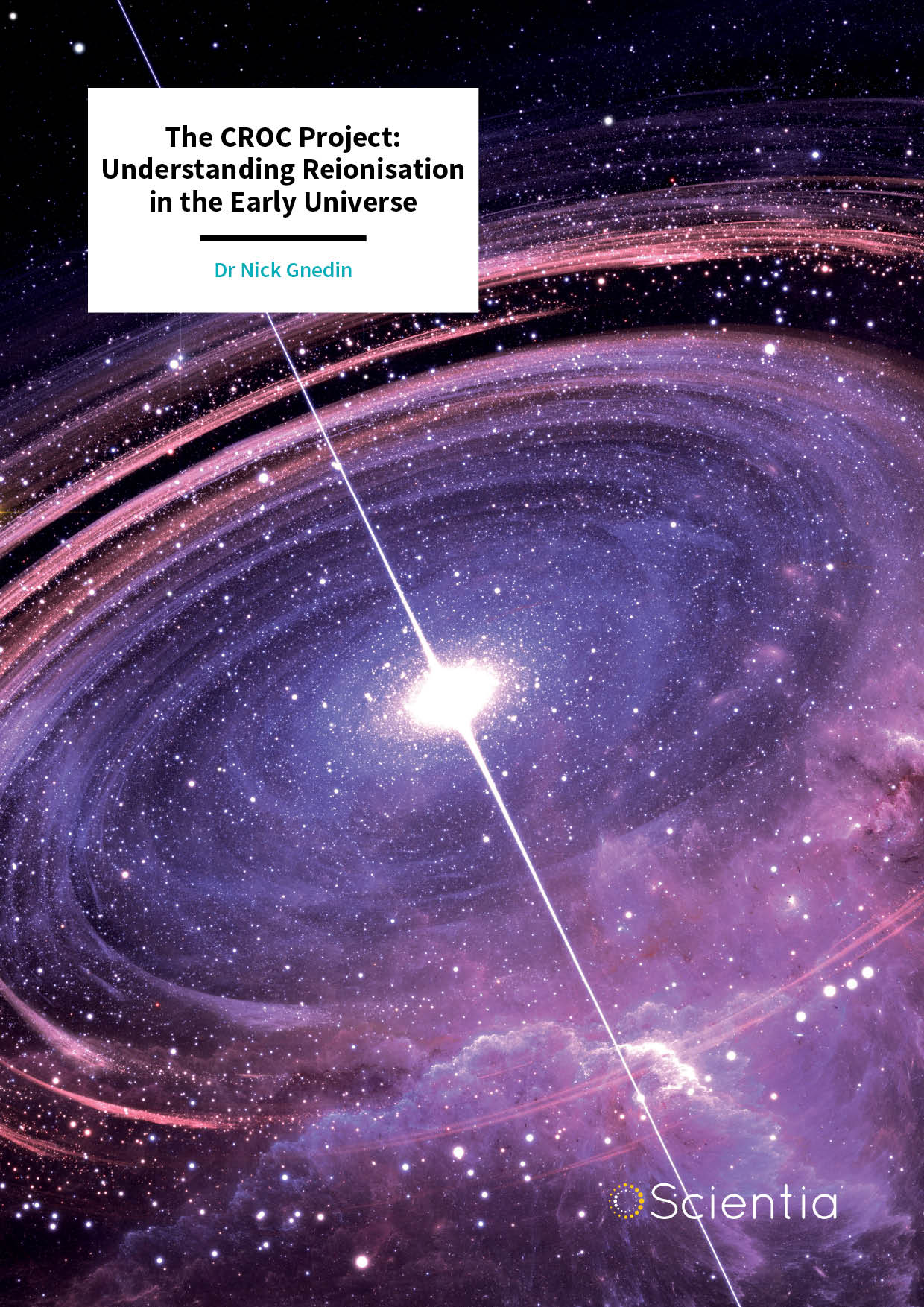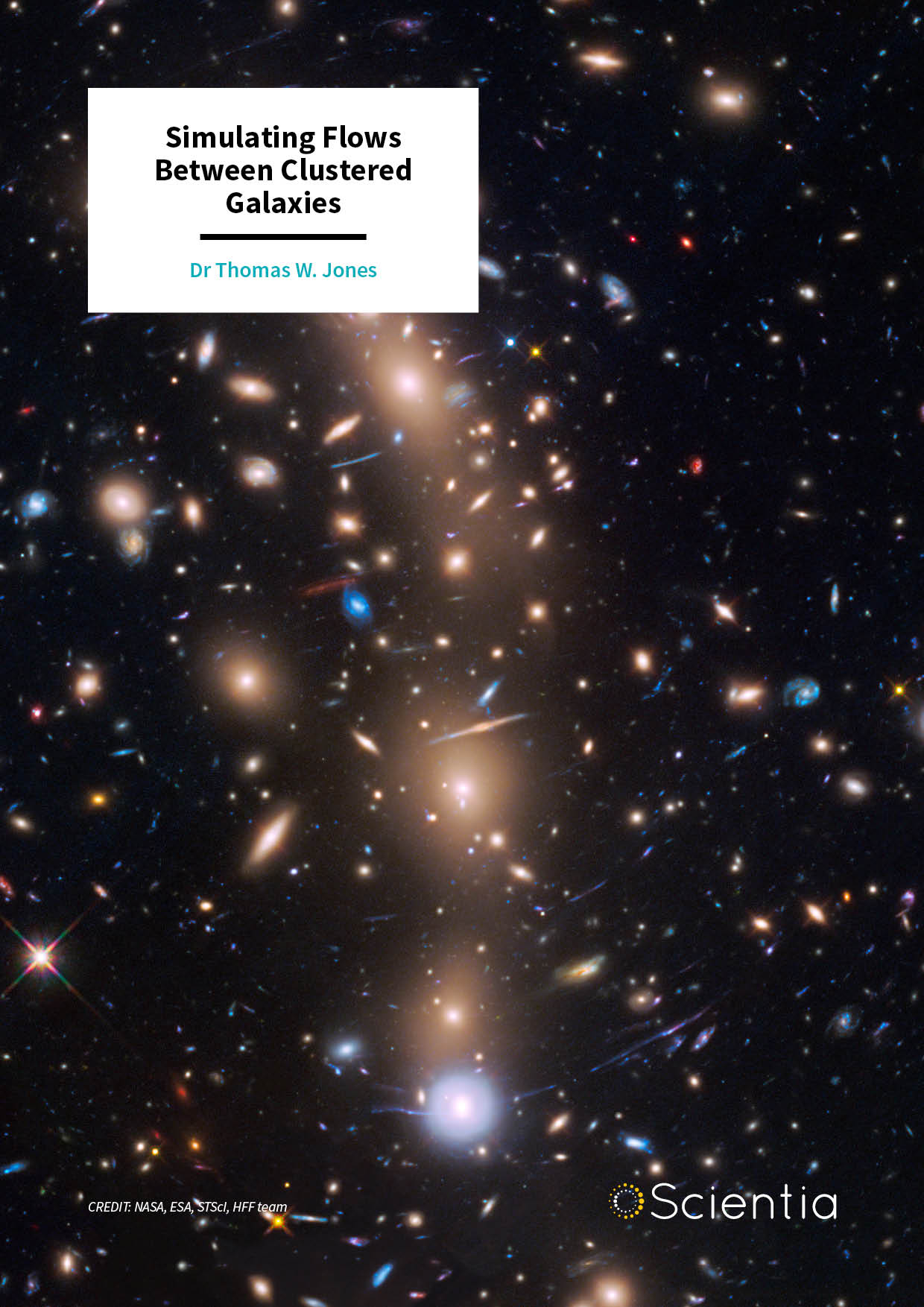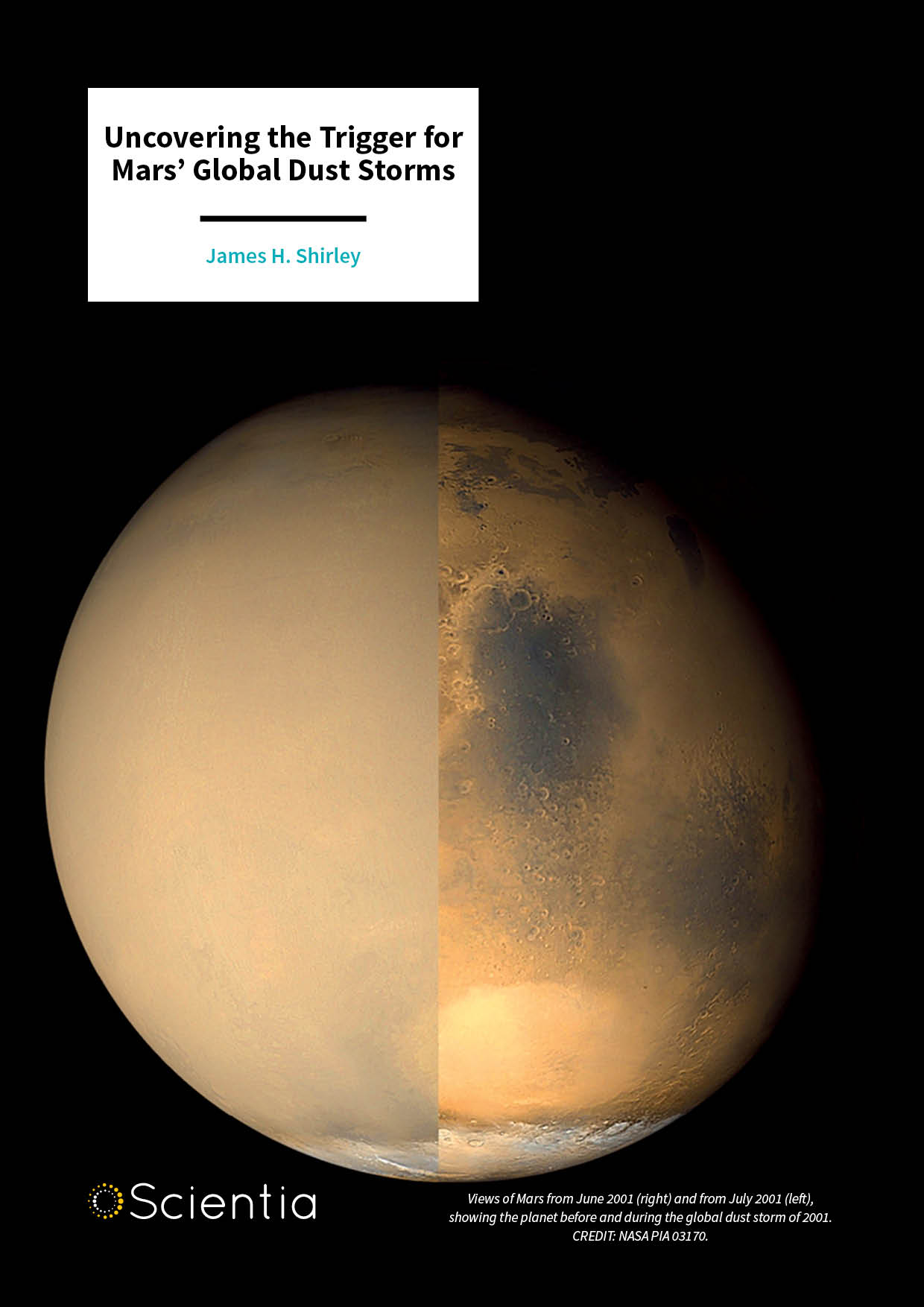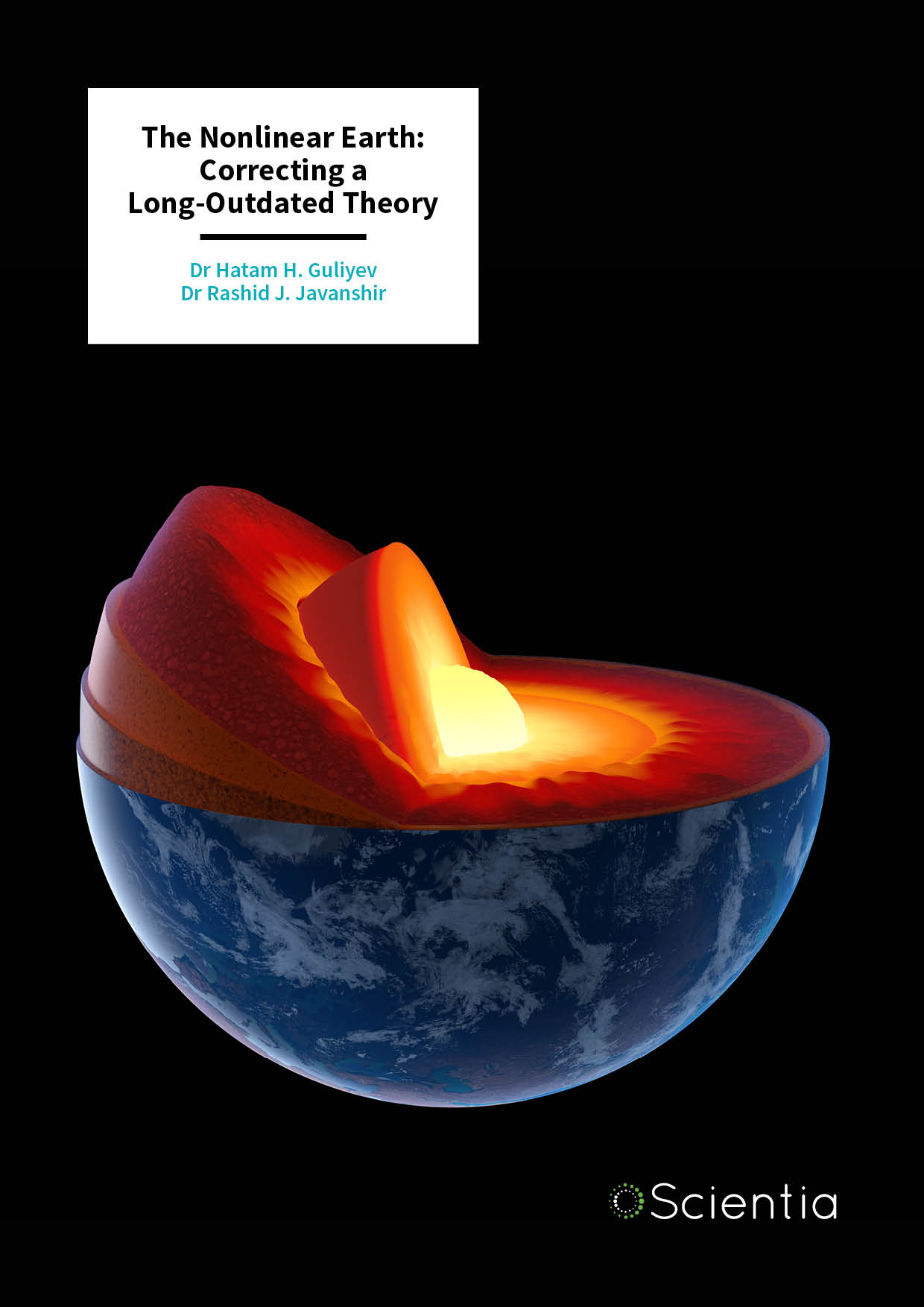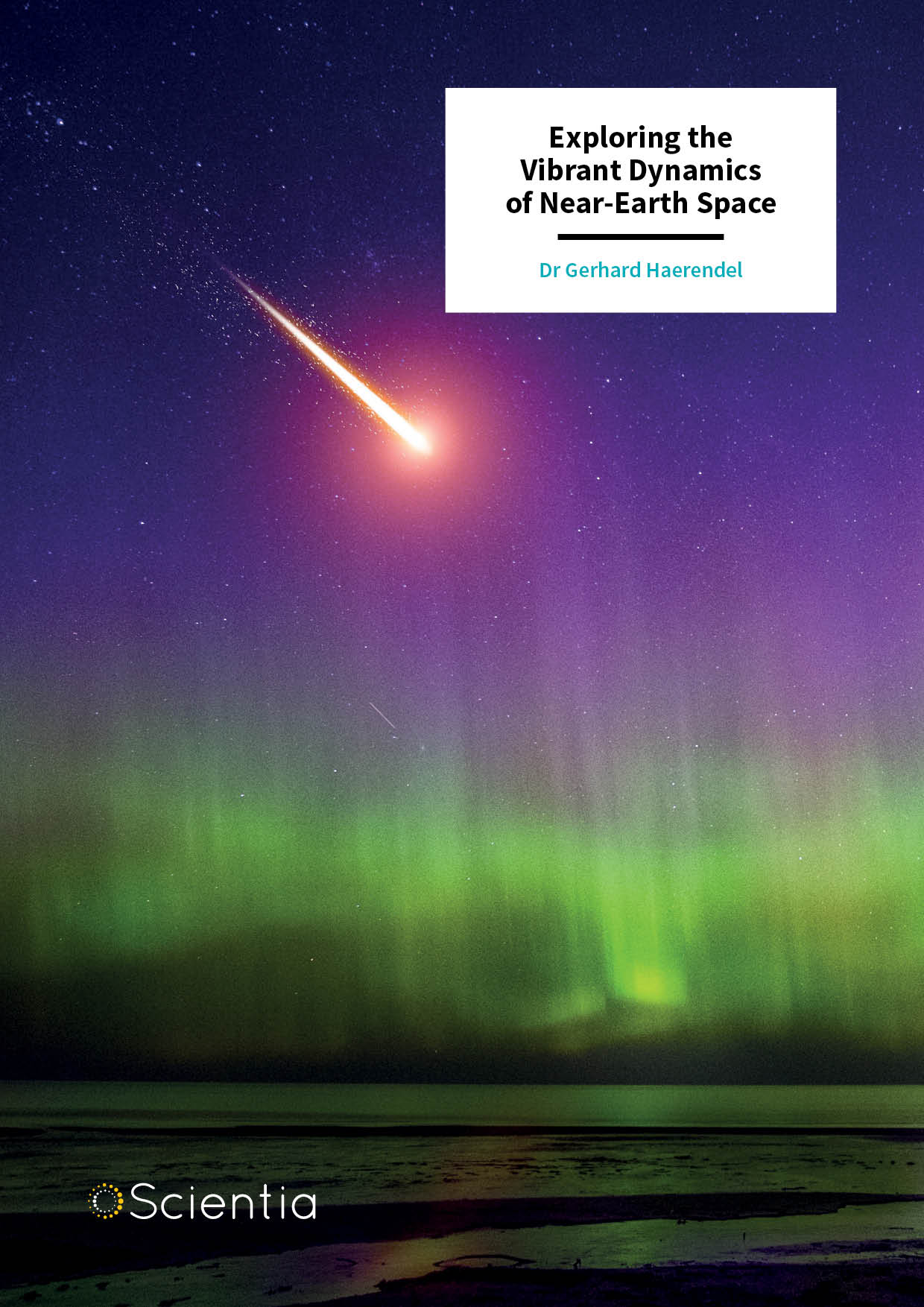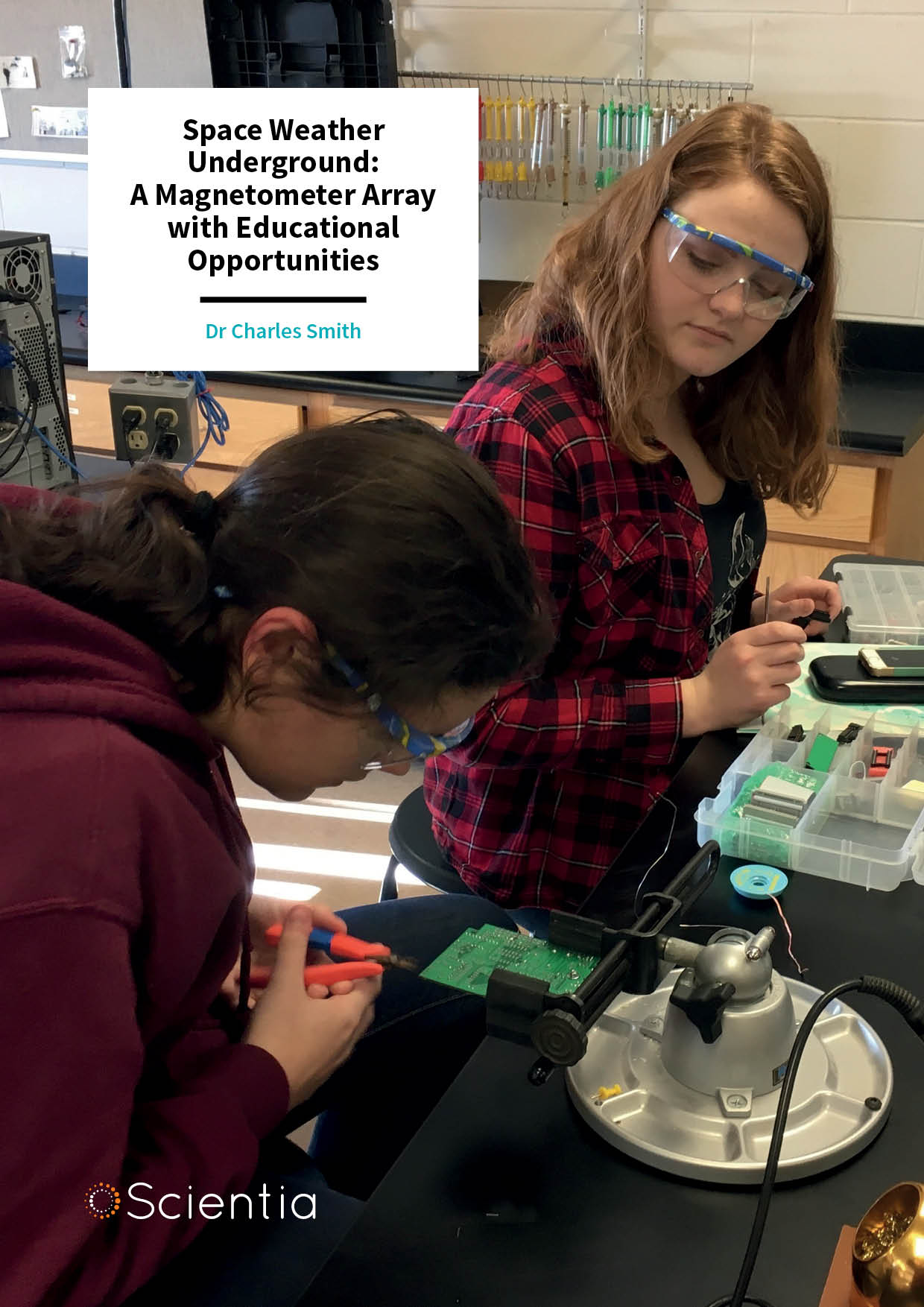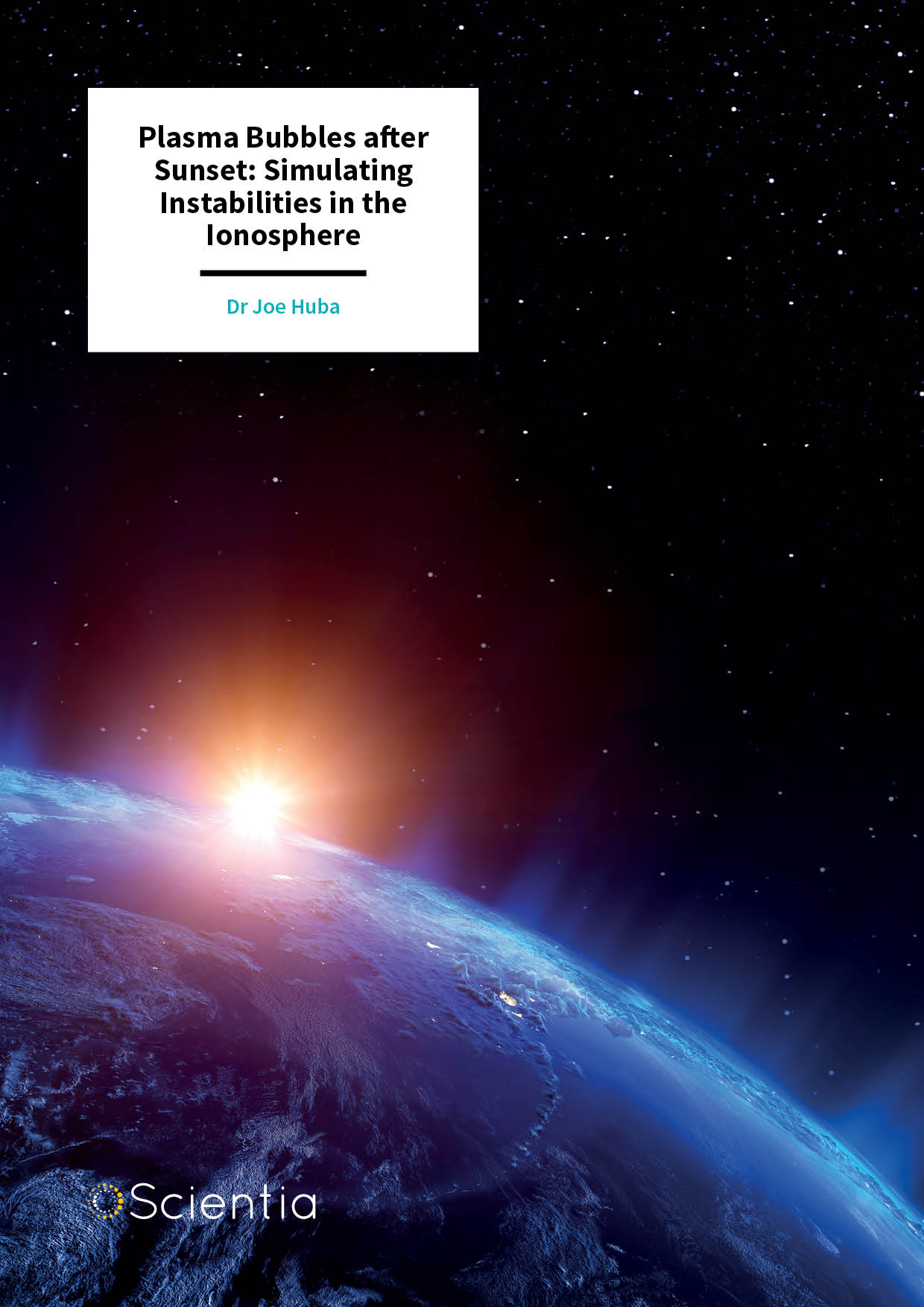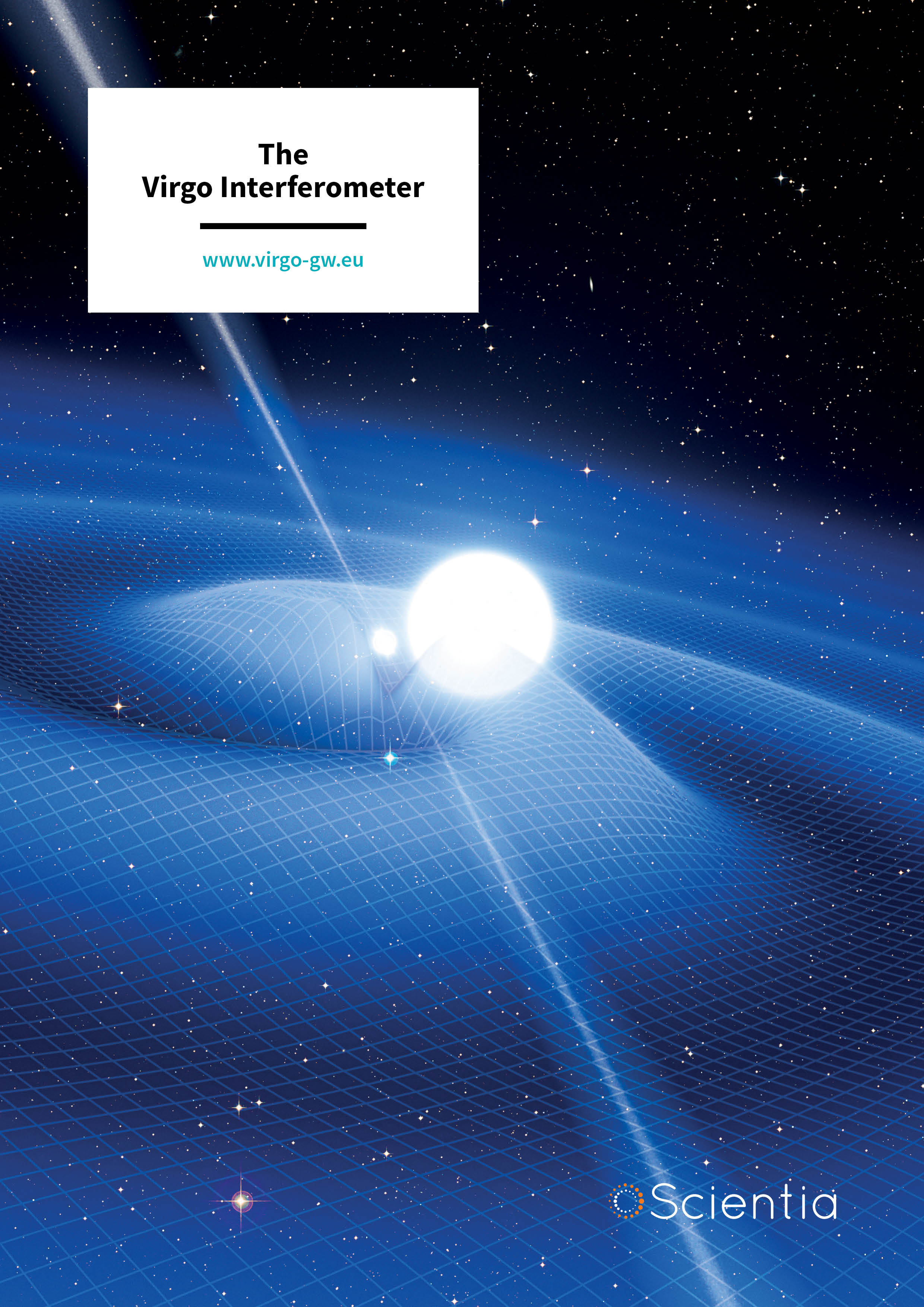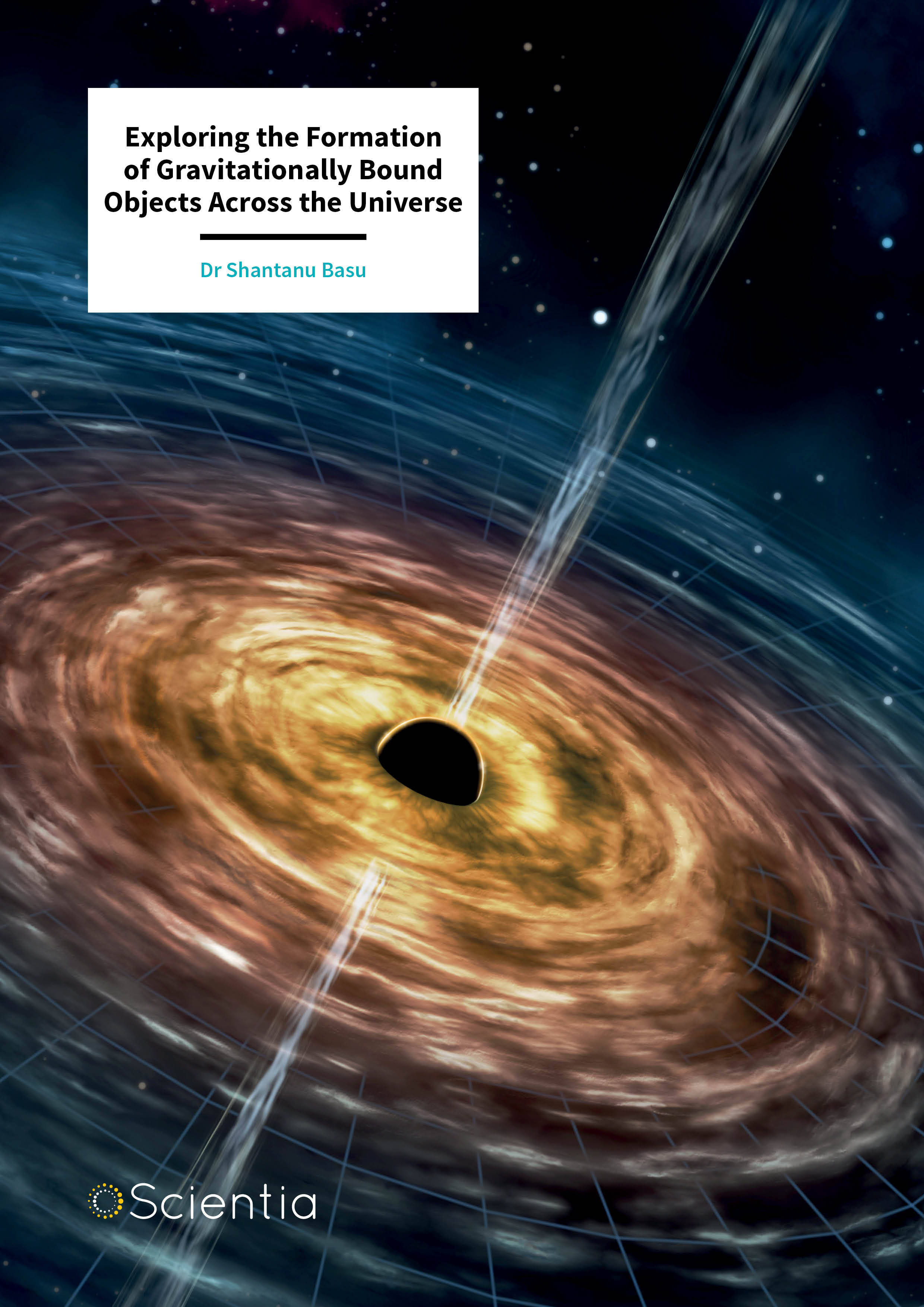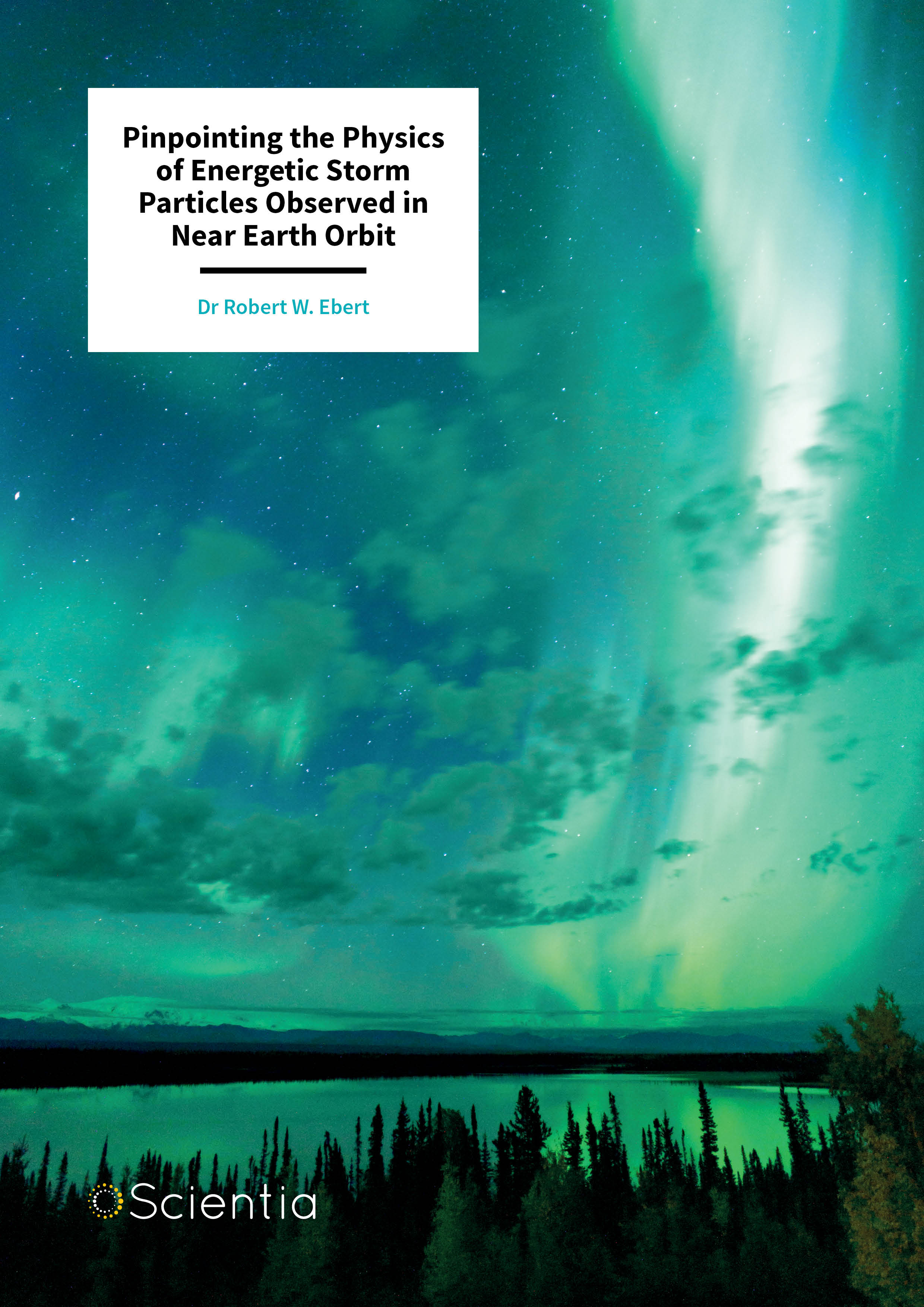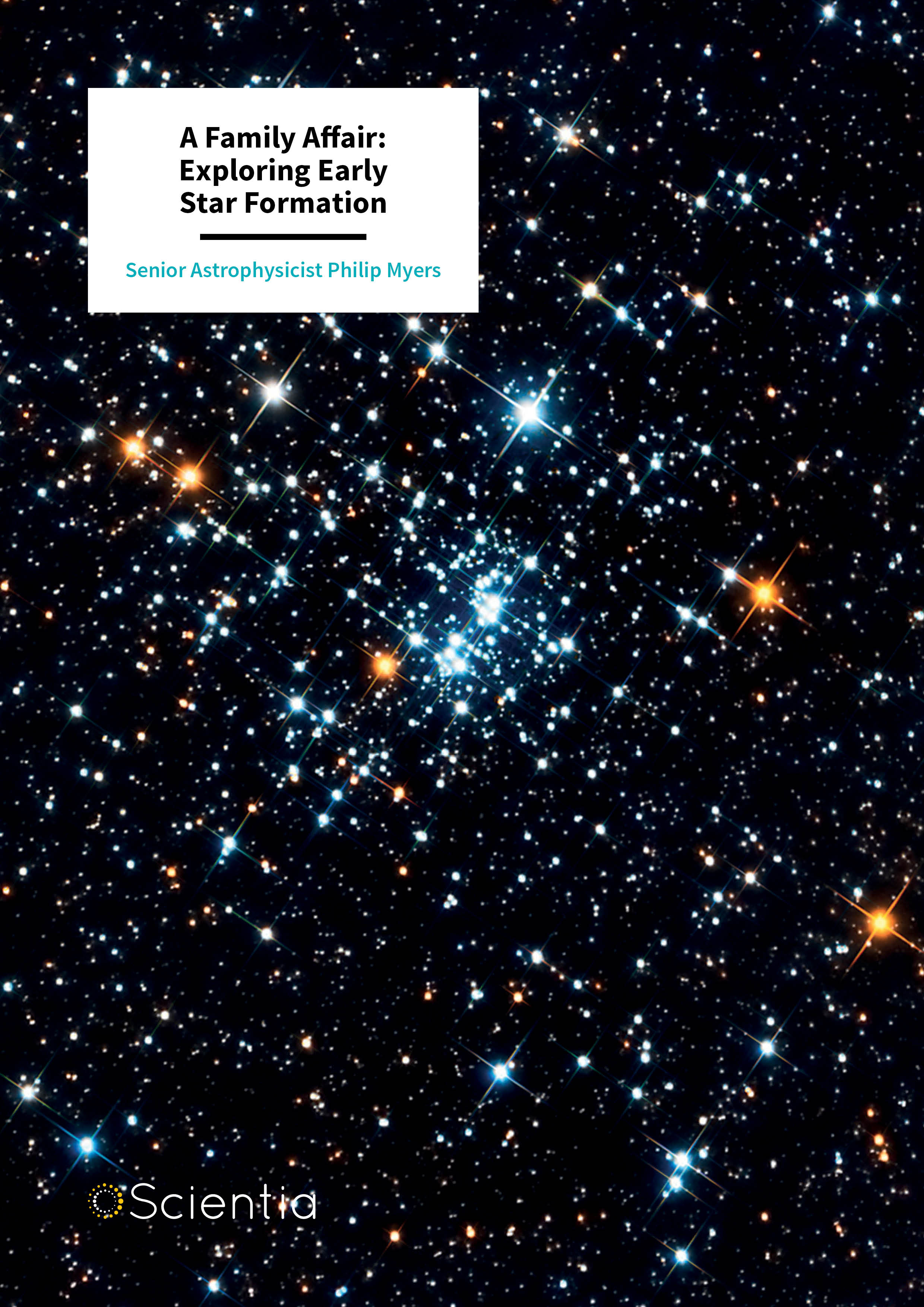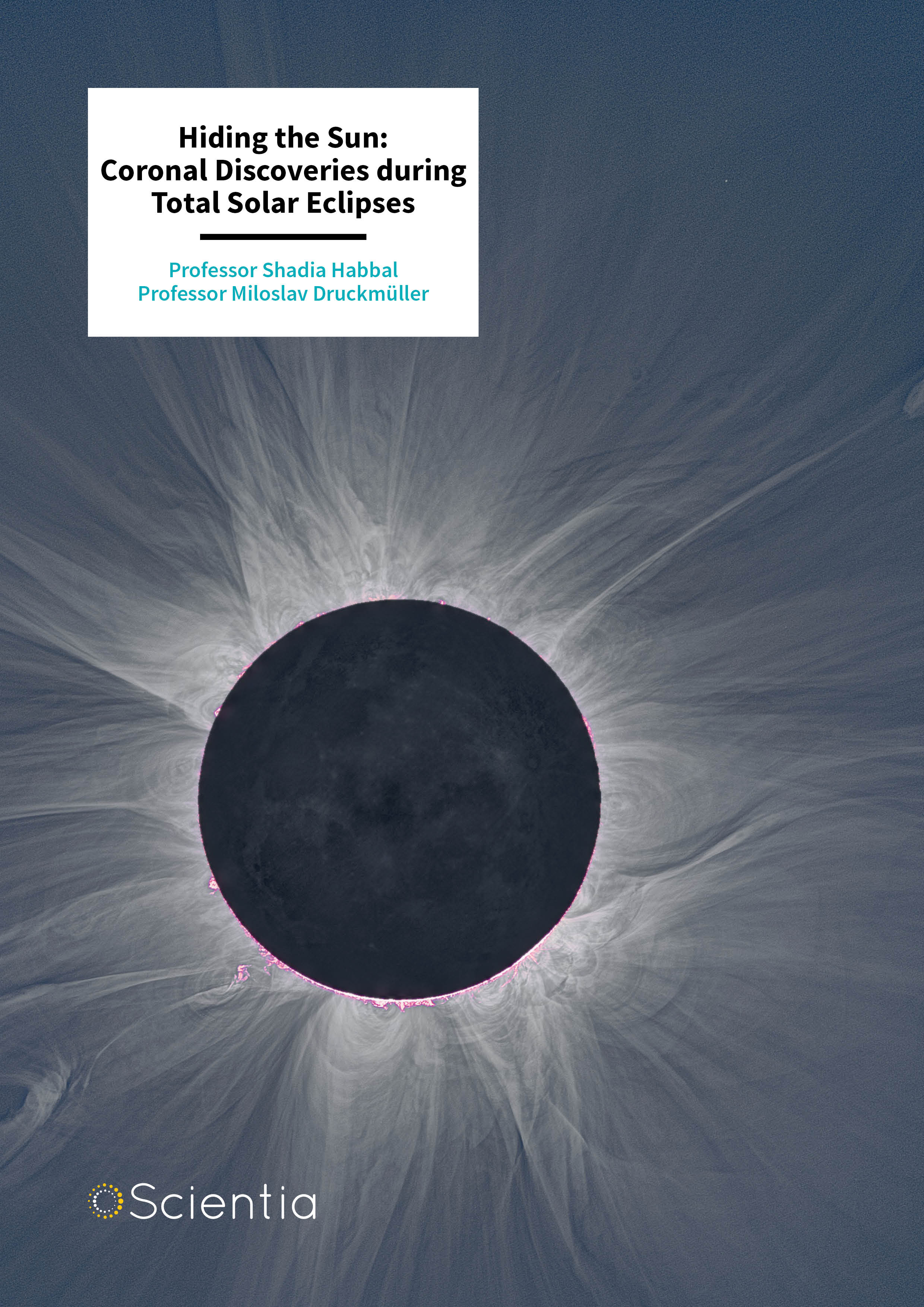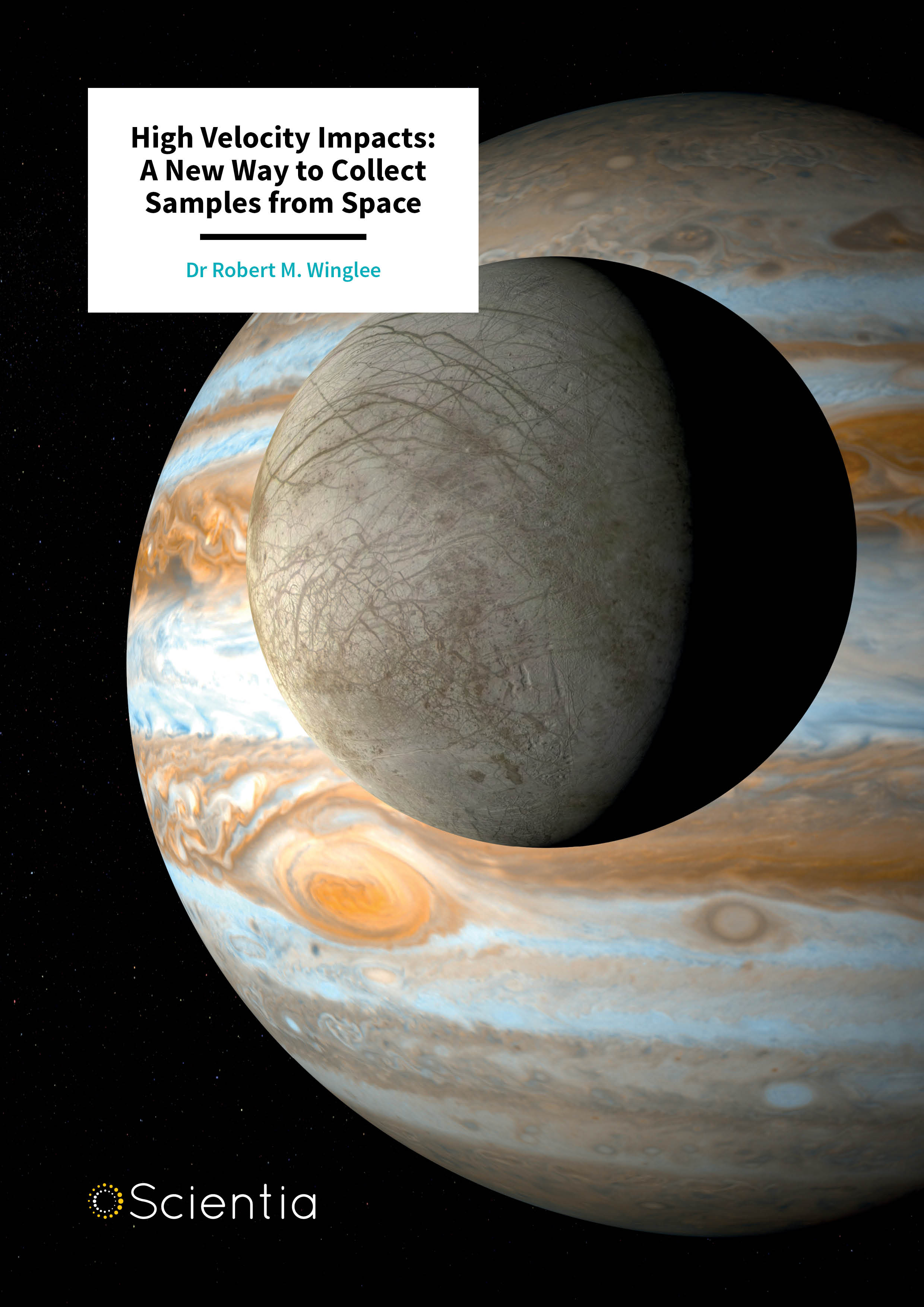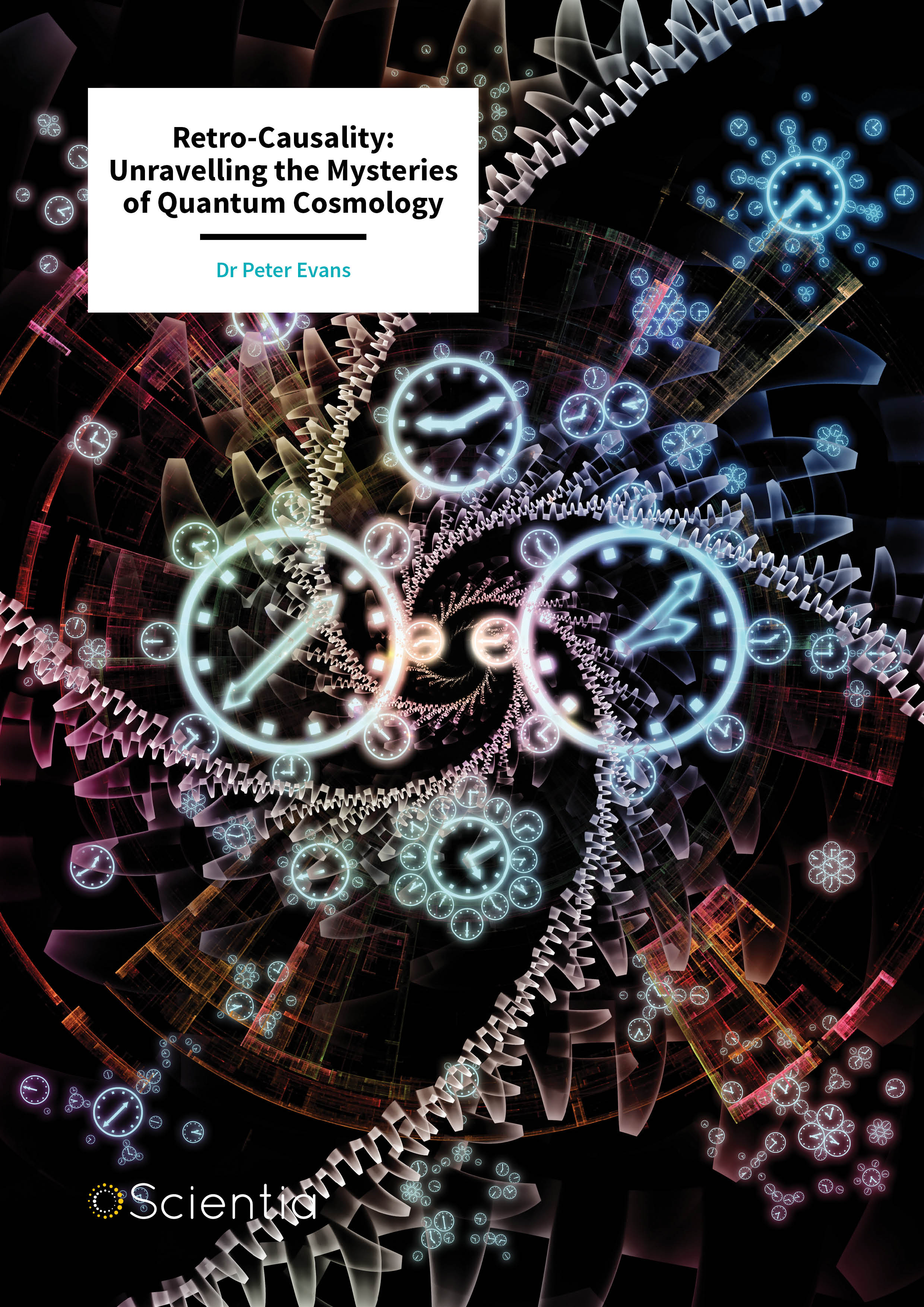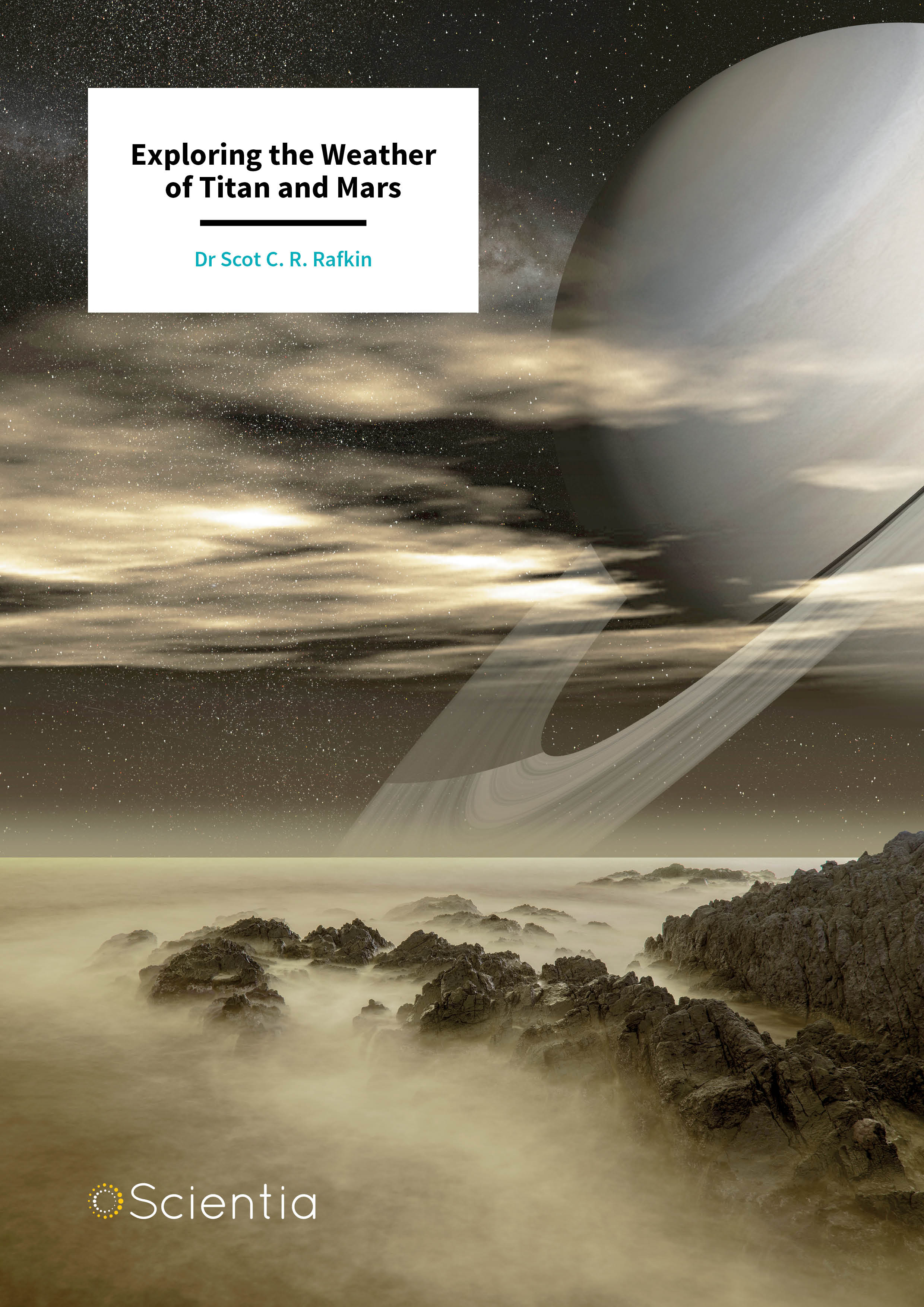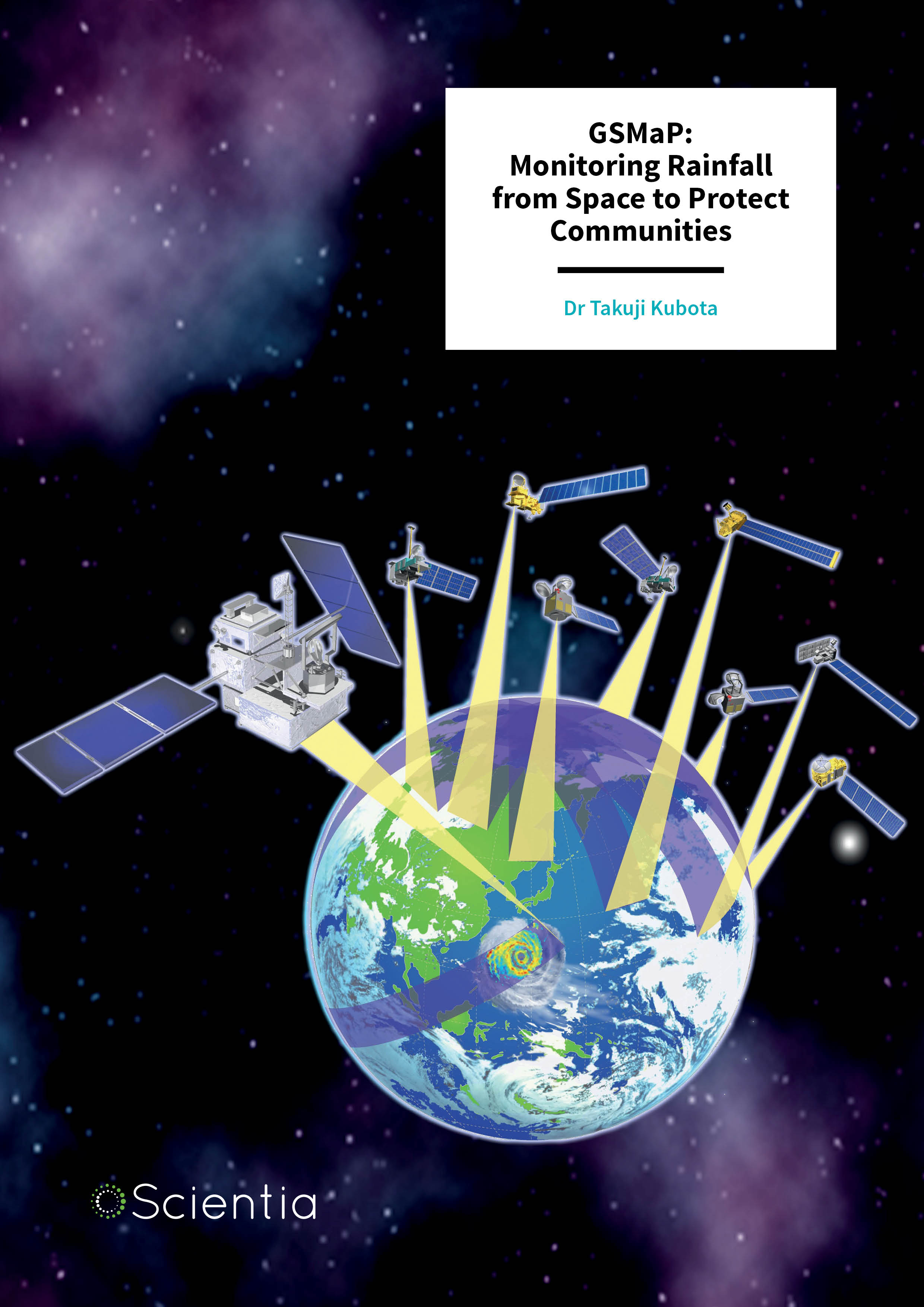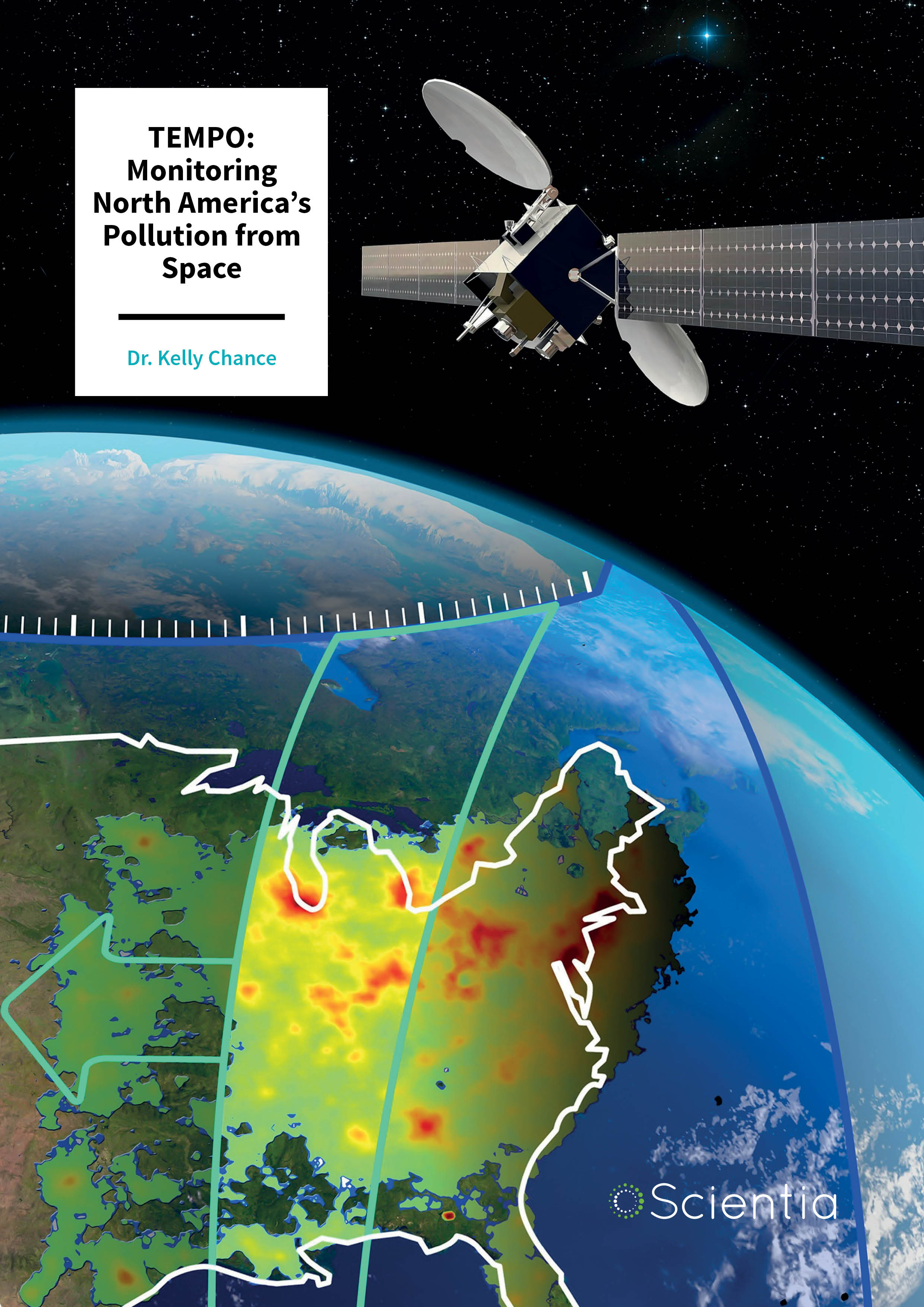Astronomy and Planetary Science
Dr Dawn Bowles | An Extremely Challenging Environment: Understanding the Molecular and Physiological Responses to Space Travel
Environmental stressors have an adverse impact on mammalian physiology, although biological systems are adept at evolving in response to regularly occurring stressors. However, the biological alterations resulting from less frequently encountered stressors are incompletely understood. Dr Dawn Bowles and her colleagues at Duke University Medical School are conducting experiments into the effects of the space environment on astronauts to further our understanding of the impacts of this extremely challenging environment.
Dr Adam Szabo | Dr Alexander Marshak – DSCOVR: Monitoring Earth’s Climate and the Threat of the Sun’s Weather
The Deep Space Climate Observatory – DSCOVR – is a satellite orbiting between the Sun and Earth at the first Sun-Earth Lagrange point. The primary mission of DSCOVR is to measure the incoming solar wind conditions and provide these measurements in near-real-time, to enable space weather forecasting. DSCOVR also has instruments that can monitor Earth’s climate, by measuring energy reflected and radiated from Earth, and can track levels of ozone, aerosols, clouds, vegetation and ocean properties, and more. Led by scientists Dr Adam Szabo and Dr Alexander Marshak, the project is a joint mission between National Oceanic and Atmospheric Administration (NOAA), the US Air Force, and NASA.
Kevin R. Supak | Tapered LADs: Acquiring Cryogenic Liquid Propellants in Deep Space
To carry out complex manoeuvres such as orbit insertion, large spacecraft on long voyages must carry tanks of liquid propellants, kept at ultra-cold temperatures. In existing designs, however, heat leaking into these tanks can form unwanted vapour bubbles in the channels required to extract their contents – which are especially difficult to remove in the microgravity environment of deep space. In their research, a team at the Southwest Research Institute presents a simple solution to this problem – through which the sides of these extraction channels are tapered, allowing vapour bubbles to escape. Results from recent microgravity testing of this technology could lead to exciting new opportunities for future space missions.
Dr Stefi Baum – Dr Christopher O’Dea | Shaping Galaxy Clusters with Supermassive Black Holes
The black holes found at the centres of most large galaxies are now found to be fundamental to galactic formation and evolution. Until recently, however, little was understood about how these massive bodies affect the behaviours of their host galaxies and beyond. Through their research, Dr Stefi Baum and Dr Christopher O’Dea at the University of Manitoba have made important strides towards untangling the many mysteries involved in this intriguing astronomical problem.
Dr Amy Keesee | Mapping the Magnetosphere with Energetic Atoms
When Earth’s magnetic field is struck by violent geomagnetic storms, narrow streams of fast-moving ions can form, which pose serious threats to vital satellite systems. Through her research, Dr Amy Keesee at the University of New Hampshire is shedding new light on how these streams originate, by picking up the energetic neutral atoms they occasionally generate. Her team’s work has proved that these atoms can be used to build reliable temperature maps of the magnetosphere – the region around Earth dominated by the planet’s magnetic field. Such temperature maps can help us to better predict when satellite systems may be under threat.
Professor Henning Schmidt | DESIREE: Recreating Interactions Between Ions
Interactions between positive and negative ions are important processes in nature. However, there is a lack of experimental facilities designed to study them in detail. This picture could now be changing thanks to DESIREE: a facility where different ion beams can be stored and cooled for extensive periods within separate rings, before colliding with each other. Run by an extensive team of physicists at Stockholm University, the instrument is shedding new light on how ions interact in a wide range of environments – from dynamic stellar atmospheres, to interstellar space.
Dr Daniel Weimer | Protecting Satellites By Assessing the Density of Earth’s Upper Atmosphere
Earth’s upper atmosphere is home to a growing number of satellites. To prevent these valuable instruments from colliding with one another, operators often require accurate information about how the orbits of these satellites are affected by drag. However, due to the Sun’s continually changing activity, the density of air found in this region can vary drastically, making it difficult for operators to calculate how adjustments should be made. Using a combination of modelling approaches, a team led by Dr Daniel Weimer at Virginia Tech shows how air density throughout the upper atmosphere can be precisely calculated, over a wide range of timescales.
Dr Jekan Thanga – Designing Spacecraft to Explore Extreme Environments Within the Solar System
In the next few decades, upcoming technological advances will offer unprecedented opportunities to explore the solar system – both with autonomous robots, and through manned missions. Dr Jekan Thanga and the Space and Terrestrial Robotic Exploration (SpaceTREx) Laboratory at University of Arizona are at the forefront of efforts to design miniature spacecraft that will allow us to reach these distant worlds, and navigate their rugged, unfamiliar terrains. In the future, his team’s research could pave the way for the establishment of long-term, off-world human settlements, and the discovery of life in extreme, yet potentially habitable environments.
The Australian Meteorological and Oceanographic Society
The Australian Meteorological and Oceanographic Society (AMOS) is an independent learned society representing over 500 atmospheric and oceanographic scientists. Its vision is to advance the scientific understanding of the atmosphere, oceans and climate system, along with their socioeconomic and ecological impacts, and promote applications of this understanding for the benefit of all Australians. In this exclusive interview, we speak with Angela Maharaj, President of AMOS, who describes how the Society advances scientific research and communicates the latest climate science to the public and policy-makers.
The African Astronomical Society
Launched in 2019, the African Astronomical Society (AfAS) is a diverse and inclusive Pan-African society of professional and amateur astronomers, which aims to create a globally competitive astronomy community in Africa. The mission of AfAS is to be the voice of astronomy on the continent and to address the challenges faced by Africa through the promotion and advancement of astronomy. In this exclusive interview, we speak with the Society’s president, Dr Jamal Mimouni, who discusses astronomical achievements in Africa and how AfAS supports and advances astronomy research and education across the entire continent.
Dr I-Ming Chou – Building Containers for Extreme Geological Fluids
Earth’s crust plays host to many different fluids, which are often pressurised and heated to extreme degrees by the geological processes taking place around them. Harnessing his previous experience at the US Geological Survey, Dr I-Ming Chou at the Chinese Academy of Sciences designs vessels suitable for containing these fluids, while also enabling researchers to easily measure them in the lab using advanced optical techniques. Through their work, Dr Chou’s team has presented cutting-edge designs based on fused silica capillary tubes. Their designs could soon transform geologists’ understanding of the chemical processes taking place far below us.
Dr Edward Schwieterman – Developing a Guidebook to Search for Life Beyond Earth
Are we alone in the universe? Searching for life beyond our Solar System is one of the most ambitious efforts humans have ever undertaken. Because we do not have the ability to travel to distant exoplanets, scientists must rely on indirect clues that could help us find extraterrestrial life. Dr Edward Schwieterman and his colleagues at the University of California, Riverside, have been developing advanced methods to determine the habitability of planets and detect the elusive signs of life from afar.
Dr Giovanni Fazio – The Spitzer Space Telescope: Exploring the Infrared Universe
From 2003 until 2020, NASA’s Spitzer Space Telescope provided an unprecedented view of our universe in infrared. One of the most important instruments aboard the telescope was the Infrared Array Camera (IRAC), which was designed and operated by a team led by Dr Giovanni Fazio at the Center for Astrophysics | Harvard & Smithsonian. Across its 16-year run, the camera gave crucial insights into processes ranging from galaxy formation in the ancient universe, to emissions from supermassive black holes. The discoveries enabled by Dr Fazio and his colleagues could soon be instrumental in aiding observations from even more advanced telescopes.
Dr Manfred Vogt – Measuring Meteorites to Reveal the Origins of the Earth
The planet we call home has a 4.5-billion-year history, but humans have only been around for a tiny fraction of this time. To discover what happened before life arose on Earth, and even before Earth’s formation, scientists can study objects sent from space – from icy comets and rocky asteroids to tiny particles of interstellar dust. Early in Earth’s history, primordial gases became trapped deep in the planet’s interior. By determining how they were trapped and where they might be stored, Dr Manfred Vogt and his research group at the Ruprecht-Karls-University of Heidelberg are shedding new light on Earth’s origins.
Dr Anthony Toigo – Revealing the Trigger for Martian Avalanches
For years, scientists have been puzzled by the appearance of dark streaks appearing on Martian hillsides. The linear features look like water flows – and if water is present, they could be harbouring life on Mars. However, the freezing conditions on Mars mean that liquid water flows are unlikely. Previous theories suggest the flows could be dust avalanches, but this doesn’t explain why they only appear in the Martian summer. Dr Anthony Toigo and his colleagues at Johns Hopkins University Applied Physics Laboratory, NASA Goddard Space Flight Center, and the University of Colorado – Boulder, have modelled weather conditions near the Martian surface and recreated the Martian atmosphere in a laboratory. By doing so, they could examine how Martian dust and surface soils respond to the changing seasons on the red planet.
Dr Nick Gnedin – The CROC Project: Understanding Reionisation in the Early Universe
Hundreds of millions of years after the Big Bang, charged, ‘ionised’ particles not seen since the earliest ages of the universe began to re-emerge. Named ‘reionisation’, this event was crucially important in the history of our universe – but because it occurred so far back in the past, telescope observations can only offer astronomers limited clues about how it unfolded. In his research, Dr Nick Gnedin at the Fermi National Accelerator Laboratory uses advanced computer simulations to study reionisation. His team’s project, named ‘Cosmic Reionization On Computers’, or CROC, now offers a key resource to researchers studying this distant period.
Dr Tom Jones – Simulating Flows Between Clustered Galaxies
The spaces in between galaxies may be unimaginably vast, but within galactic clusters, they are far from empty. Rather, these expanses are home to a wide range of interplaying, often violent plasma dynamics. In his research, Dr Tom Jones at the University of Minnesota plans to use cutting-edge computer techniques to simulate these processes – shedding new light on physical properties that have eluded astronomers so far. His team’s research will not only give crucial insights into some of the largest structures in the known universe, but will also capture the public imagination, and inspire a diverse new generation of astronomers.
James H. Shirley – Uncovering the Trigger for Mars’ Global Dust Storms
Enshrouding the Martian surface with thick clouds of dust, the Red Planet’s unique global dust storms have long mystified astronomers and planetary scientists. James Shirley, at NASA’s Jet Propulsion Laboratory, has shown through his research that the occurrence of these global storms is strongly linked to the changes in Mars’ motion about the gravitational centre of the solar system. Already boasting strong observational evidence, his results could not only improve our understanding of the Mars atmosphere – they may also lead to a better understanding of turbulent weather patterns on Earth.
Dr Hatam Guliyev | Dr Rashid Javanshir – The Nonlinear Earth: Correcting a Long-Outdated Theory
Although the theories researchers use to describe the structural properties of Earth’s interior have now persisted to decades, the assumptions they make are far from realistic. Through their research, Dr Hatam Guliyev and Dr Rashid Javanshir, both of the National Academy of Sciences in Azerbaijan, have integrated concepts from both mechanics and Earth sciences to produce ground-breaking new theories about Earth’s ‘nonlinear’ properties. Their discoveries have yet to be widely accepted by the scientific community, but through concerted collaboration efforts, they hope that their ‘non-classically linearised’ approach could soon become a key aspect of geophysical research.
Dr Gerhard Haerendel – Exploring the Vibrant Dynamics of Near-Earth Space
The region of space in which Earth’s magnetic field interacts with flowing charged particles is home to a rich array of physical processes – but studying them is no easy task. Through a career spanning over 50 years, Dr Gerhard Haerendel at the Max Planck Institute for extraterrestrial physics has carried out world-leading research into these processes. His discoveries have now led to ground-breaking insights in the field of plasma physics – including explanations of striking arcs in the aurora, the discovery of characteristic prominences on the Sun’s surface, and analysis of artificial comets seeded directly into space.
Dr Charles Smith – Space Weather Underground: A Magnetometer Array with Educational Opportunities
The complex processes of Earth’s ionosphere may occur far above the planet’s surface, but when monitored from numerous locations at sufficient distances, they can be measured using inexpensive equipment on the ground. Dr Charles Smith at the University of New Hampshire has assembled an extensive team to do just that, with participants ranging from space scientists with decades of experience, to high school students considering futures in science and engineering. Named Space Weather Underground, the project could soon make extensive data on ionosphere dynamics available to scientists and the public alike.
Dr Joe Huba – Plasma Bubbles after Sunset: Simulating Instabilities in the Ionosphere
Many kilometres above the Earth’s equatorial region, something strange occurs for several hours in the late evening: vast bubbles of plasma form in the upper atmosphere, which quickly rise upwards into space. Dr Joe Huba at Syntek Technologies in Virginia aims to gain a better understanding of this complex process, by recreating it through computer simulations. His team’s work is providing researchers with a more complete understanding of Earth’s atmosphere, and could also provide critical insights for satellite systems that communicate using radio waves, as well as global positioning systems.
The Virgo Interferometer
Located near the city of Pisa in Italy, the Virgo interferometer is the most sensitive gravitational wave detector in Europe. The latest version of the interferometer – the Advanced Virgo – was built in 2012, and has been operational since 2017. Virgo is part of a scientific collaboration of more than 100 institutes from 10 European countries. By detecting and analysing gravitational wave signals, which arise from collisions of black holes or neutron stars millions of lightyears away, Virgo’s goal is to advance our understanding of fundamental physics, astronomy and cosmology. In this exclusive interview, we speak with the spokesperson of the Virgo Collaboration, Dr Jo van den Brand, who discusses Virgo’s achievements, plans for the future, and the fascinating field of gravitational wave astronomy.
Dr Shantanu Basu – Exploring the Formation of Gravitationally Bound Objects Across the Universe
From brown dwarfs to supermassive black holes, many of the strangest objects known to astronomers are formed as material collapses in on itself under its own gravity. Through a combination of physical theories and the latest computer simulations, Dr Shantanu Basu at the University of Western Ontario in Canada is offering intriguing new insights into how these structures originate. His theories could help astronomers to understand the very earliest stages of bodies ranging from those too small to become stars, to the vast, all-devouring heavyweights that reside in the centres of galaxies.
Dr Robert Ebert – Pinpointing the Physics of Energetic Storm Particles Observed in Near Earth Orbit
When the Sun’s surrounding corona erupts, colossal streams of charged particles are ejected out into interplanetary space, and go on to interact with the material that resides there. Dr Robert Ebert at the Southwest Research Institute and his colleagues combine observations from spacecraft with the latest computer models to uncover the mysteries of these interactions. Their research focuses on advancing astronomers’ understanding of the highly energetic processes that play out in the void that comprises over 99% of the Solar System’s volume.
Dr Philip Myers – A Family Affair: Exploring Early Star Formation
We know much about fully-formed stars, such as our Sun, but the very earliest processes of star formation are still a mysterious area of astrophysical research. The original idea that a single new-born star (or ‘protostar’) forms within a single molecular cloud core has been dispelled by the discovery of new-born pairs, triplets, or even larger groups of protostars in cores. Dr Philip Myers of the Center for Astrophysics | Harvard and Smithsonian has been observing and interpreting protostar formation for many years using a range of sophisticated telescopes and theoretical models.
Dr Shadia Habbal | Dr Miloslav Druckmüller – Hiding the Sun: Coronal Discoveries during Total Solar Eclipses
Extending far beyond its surface, the Sun’s corona hosts a variety of intricate structures and behaviours. Yet because the Sun is so much brighter than its surrounding environment, these properties can be incredibly hard to spot under typical observing conditions. In their research, Dr Shadia Habbal at the University of Hawaii and Dr Miloslav Druckmüller at Brno University make use of one of the most well-known astronomical phenomena to solve this issue: total solar eclipses.
Dr Robert Winglee – High Velocity Impacts: A New Way to Collect Samples from Space
For now, planetary scientists can only dream of getting their hands-on rock samples taken from the surfaces of distant worlds. Achieving these extractions presents a significant set of challenges, but Dr Robert Winglee and his colleagues at the University of Washington have made significant strides towards developing feasible techniques for retrieving samples. Through detailed computer design and field experiments, they have now clearly demonstrated that obtaining core samples created during high-velocity impacts with planetary surfaces could one day be a reality.
Dr Peter Evans – Retro-Causality: Unravelling the Mysteries of Quantum Cosmology
Despite many years of research aiming to unite quantum mechanics with cosmological theories, researchers in fields across physics and philosophy remain in disagreement about a solution. Now, Dr Peter Evans at the University of Queensland sheds new light on the debate. He argues that on quantum scales, the idea of cause and effect does not need to follow the one-way passage of time, as we understand it. If correct, his theories could dispel some of the most puzzling mysteries of quantum theory – a significant step forward in understanding the true nature of the universe.
Dr Scot Rafkin – Exploring the Weather of Titan and Mars
The moons and rocky planets of our Solar System may be remote, unfamiliar worlds, but even on the very strangest of them, the weather on those with atmospheres is not wholly unlike our own. Dr Scot Rafkin, a planetary scientist at the Southwest Research Institute, believes that the small-scale patterns their atmospheres exhibit are directly comparable with Earth’s weather. Based on the results of computer models simulating the atmospheres of Titan and Mars, he argues that these local and regional behaviours are significantly underappreciated in planetary science.
GSMaP: Monitoring Rainfall from Space to Protect Communities
Of all the Earth’s natural processes, rainfall is perhaps the one that has the most significant influence on our everyday lives. Yet as the climate changes, patterns in rainfall are becoming increasingly unpredictable, meaning it is now more critical than ever to monitor precipitation from space. The Global Satellite Mapping for Precipitation (GSMaP) project, founded by researchers from institutions across Japan, is doing just that. Through a combination of orbiting satellites and advanced algorithms, the project is now providing the global region with highly-resolved data on rainfall.
TEMPO: Monitoring North America’s Pollution from Space
Created by sources ranging from campfires to cargo ships, air pollution is incredibly difficult to track. This has meant that the full impacts of air pollution are almost impossible to assess, but a solution is on the horizon. The TEMPO instrument (tempo.si.edu), built by Ball Aerospace to Smithsonian Astrophysical Observatory specifications and managed by the NASA Langley Research Center, will soon provide an all-encompassing view of pollution across North America. As part of a global constellation of satellite air quality missions, TEMPO will soon provide us with the most extensive view of pollution ever achieved, along with its impacts, allowing us to tackle it more effectively than ever before.

